Have you ever noticed that your vacuum performs perfectly on hard floors, yet struggles the moment it hits carpet? The suction weakens or even disappears, leaving your carpets only partially cleaned and your frustration mounting.
The good news? This is a common issue, and it’s often easy to fix. Let's first understand why it happens before moving to the solutions.
Why Does a Vacuum Lose Suction on Carpets?
Clogged Filters
Most modern vacuums use a system of filters, often including a pre-motor and a final HEPA filter to trap dust and allergens.
- The Problem: Over time, these filters become clogged with the very fine dust, hair, and dander they are designed to catch. A fully saturated filter acts like a blocked airway, severely restricting the airflow that is essential for creating suction.
- Why It Affects Carpets More: Cleaning carpets requires a powerful, consistent airstream to pull embedded dirt up and out of the fibers. Even a partially clogged filter can reduce airflow enough to make the vacuum ineffective on carpets, while it might still seem to work on easier hard surfaces.
- The Solution: Regularly clean or replace your filters according to the manufacturer's instructions. For reusable filters, tap them gently to remove dust or rinse them with water, ensuring they are completely dry before reinstalling.
Full Dustbin or Bag
The collection chamber—whether a bag or a bagless dustbin—isn't just for storing dirt; it's part of the vacuum's airflow system.
- The Problem: When the bag is full or the dustbin is overfilled, there is no space left for air to flow through. The vacuum tries to pull air, but the path is blocked by compacted debris. This is the most common cause of a sudden and significant drop in suction.
- The "Two-Thirds Full" Rule: For bagged vacuums, suction can begin to decline even before the bag is visually full. It's best to replace the bag once it is about two-thirds full. For bagless models, get into the habit of emptying the canister after every one or two cleaning sessions.

Obstructed Hose or Brush Roll
The path from the vacuum head to the canister is a prime location for clogs that can kill suction.
- Common Blockages: Small objects like LEGO pieces, coins, hair ties, or large clumps of hair and carpet fibers can get lodged in the hose, the wand, or around the brush roll's bearings.
- The Brush Roll Tangle: Hair and threads tightly wound around the brush roll can prevent it from spinning freely. A stationary brush roll can't agitate the carpet pile to loosen dirt, making the suction ineffective. Furthermore, a severe tangle can create a physical barrier that blocks the air intake.
- The Solution: Disconnect the vacuum from power and check the entire air path. Use a long, flexible object like a broom handle or a dedicated hose-cleaning tool to dislodge clogs. Regularly turn the vacuum over and cut away all hair and fibers wrapped around the brush roll.
Incorrect Carpet Height Setting
The height setting on your vacuum head is designed to create an optimal seal between the vacuum and your carpet's pile.
- Setting Too Low (for thick carpet): If the setting is too low, the vacuum head presses too deeply into a thick, plush carpet. The motor has to work excessively hard to pull air through the matted fibers, leading to strained suction and difficulty pushing the vacuum.
- Setting Too High (for low-pile carpet): If the setting is too high on a thin carpet, the head rests too far from the surface. A large gap breaks the seal, allowing air to rush in from the sides. This "shortcut" for air drastically reduces the suction power at the nozzle where it's needed.
- The Simple Test: You should be able to push the vacuum forward smoothly with minimal resistance. If it's extremely hard to push, lower the setting. If it glides too easily and you hear a high-pitched whine, raise the setting until it feels like it's gripping the carpet slightly.
Worn or Damaged Parts
Like any machine with moving parts, components in your vacuum will wear out over time and need replacement.
- The Drive Belt: A worn, stretched, or cracked belt won't spin the brush roll effectively. A slow or stopped brush roll fails to agitate carpet fibers, rendering the suction much less useful for deep cleaning.
- Cracked Hoses or Seals: Small cracks in the hose or poor seals where the hose attaches to the wand or body can create air leaks. The vacuum's motor will pull air through these easier paths (leaks) rather than through the nozzle, stealing suction from the carpet.
- Worn Brush Roll Bristles: Over years of use, the bristles on the brush roll can wear down short and stiff. This reduces their ability to effectively "beat" the carpet and lift dirt to the surface for the suction to remove.
Inappropriate Power Mode
Cordless vacuums have revolutionized cleaning, but their convenience comes with a power management trade-off. "Eco" or low-power modes are designed to extend battery life by reducing motor speed and suction power. While this is perfectly adequate for hard floors or quick pick-ups on thin rugs, it is often insufficient for deep-cleaning carpets. The reduced suction simply cannot overcome the resistance of the dense carpet pile to pull dirt from the base. You might be saving battery, but you're leaving a lot of dirt behind. Always use the highest power setting (often "Max" or "Boost" mode) when cleaning carpets. Reserve the Eco mode for hard floors or final passes.

Step-by-Step Solutions to Restore Your Vacuum's Suction
Follow this checklist to diagnose and fix the problem.
Check and Adjust the Height Setting
This is the easiest and most common fix. Look for a dial or lever on your vacuum head, usually located near the front.
- For thick, plush carpets: Set it to a higher setting.
- For low-pile or thin carpets: Set it to a lower setting.
- A good rule of thumb: You should be able to push the vacuum forward with minimal resistance. If you have to force it, the setting is too low. If the head wobbles and doesn't seal, it's too high.
Inspect for Clogs (The Full System Check)
A single clog can be the culprit. Perform a thorough check:
- Empty the Canister/Replace the Bag: Even if it doesn't look full, empty it. A bag can be 2/3 full and already impacting performance.
- Check the Hose: Detach the hose from both ends and look through it. A long, flexible object (like a broom handle) can help dislodge a clog.
- Inspect the Nozzle: Look at the vacuum head for any obvious blockages where debris might be trapped.
Clean or Replace the Filters
Consult your user manual for the location of all filters. Most vacuums have at least two: a pre-motor filter and an exhaust (HEPA) filter.
- Pre-motor filter: This protects the motor from dust. It should be cleaned or replaced regularly—often every 1-3 months.
- Exhaust filter: This filters the air leaving the vacuum. A clog here is like trying to breathe through a cloth; it chokes the machine. Clean or replace it as per the manual.
Always let filters dry completely for 24 hours before reinstalling them if you wash them.
Clear the Brush Roll
Turn the vacuum over and inspect the brush roll. Use a seam ripper, scissors, or a utility knife to carefully cut through and remove all hair and threads wrapped around the ends and the brush itself. Once clear, make sure the brush roll spins freely by hand.
Check for Belt Damage
While you're looking at the brush roll, check the drive belt. If it looks stretched, cracked, or melted, it needs to be replaced. A worn-out belt won't spin the brush roll effectively, leading to poor carpet agitation.
How to Maintain Strong Suction
Empty the Canister/Bag Early: Don't wait for it to be completely full. For bagless models, empty it after every 2-3 uses. For bagged models, replace it when it's 2/3 full.
- Regular Filter Maintenance: Mark your calendar to clean or replace filters according to the manufacturer's schedule.
- Pre-Vacuum the Area: Quickly pick up large debris like paper clips, coins, or large pieces of string before they can cause a clog or jam the brush roll.
- Perform a "Pre-Flight" Check: Once a month, do a quick check of the brush roll for tangles and inspect the hose for clogs.

How to Choose the Right Vacuum for Carpet
Tips
Not all vacuum cleaners are created equal, and selecting the right one for your carpet type is crucial. Consider the following:
- For carpets and area rugs with looped fibers or made from delicate materials like wool or silk, avoid vacuum cleaners with beater bars.
- Use appropriate accessories, such as a crevice tool, to clean corners and edges effectively.
- Select one with proper HEPA filtration.
- Select a vacuum that can clean hardwood and soft surfaces.
Recommendation
If you're looking for a vacuum cleaner that comprehensively addresses all these demanding requirements, the Buture VC90 presents an outstanding integrated solution.
- For Powerful Suction Needs: The VC90 features a high-performance digital motor that generates powerful suction (600W&55KPA), capable of pulling embedded pet hair and dust from the deepest layers of even the thickest carpets, ensuring no residue remains.
- For Brush Roll and Carpet Protection: It comes equipped with an anti-tangle brush roll that effectively loosens carpet fibers while significantly reducing hair and thread wrap. This makes it ideal for most modern carpets and particularly suitable for households with pets, while also minimizing maintenance and preventing potential carpet damage.
- For Air Filtration Demands: The VC90 incorporates a multi-stage fully sealed filtration system including a HEPA filter that captures up to 99.97% of dust particles as small as 0.3 microns, ensuring the air exhausted back into your room is cleaner than the ambient air, providing significant protection for allergy sufferers.
- For Attachment Cleaning Needs: The VC90 includes a complete set of combination tools featuring a motorized anti-mite brush attachment perfect for cleaning upholstery, stairs, and car seats, bringing the deep-cleaning capability of the main brush to smaller, more delicate areas.
By carefully considering these factors and referring to products like the Buture VC90 that integrate these advanced technologies, you can select a vacuum cleaner that not only thoroughly cleans your carpets but also protects them while contributing to a healthier living environment.
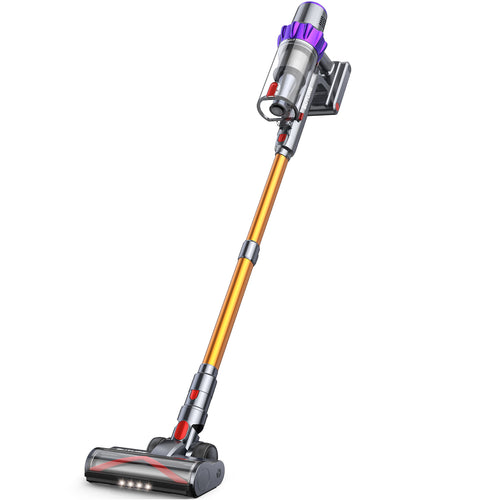
Buture VC80 SCOPO CORDLIRE
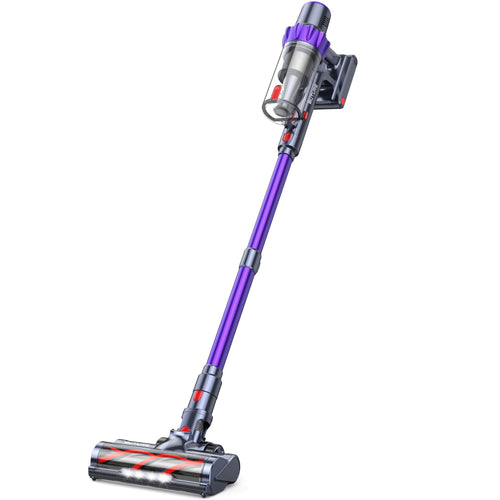
Buture VC70 VUOCO CORDIRE
![Buture Beta01 Smart Jump Starter 3500A with Air Compressor [4-in-1]](http://ibuture.com/cdn/shop/files/buture-beta01-car-jump-starter.jpg?v=1748248782&width=500)
Avviatore di emergenza intelligente Buture Beta01 3500A con compressore d'aria【4 in 1】
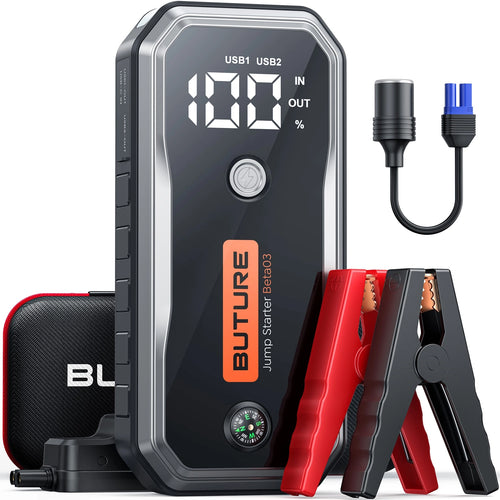

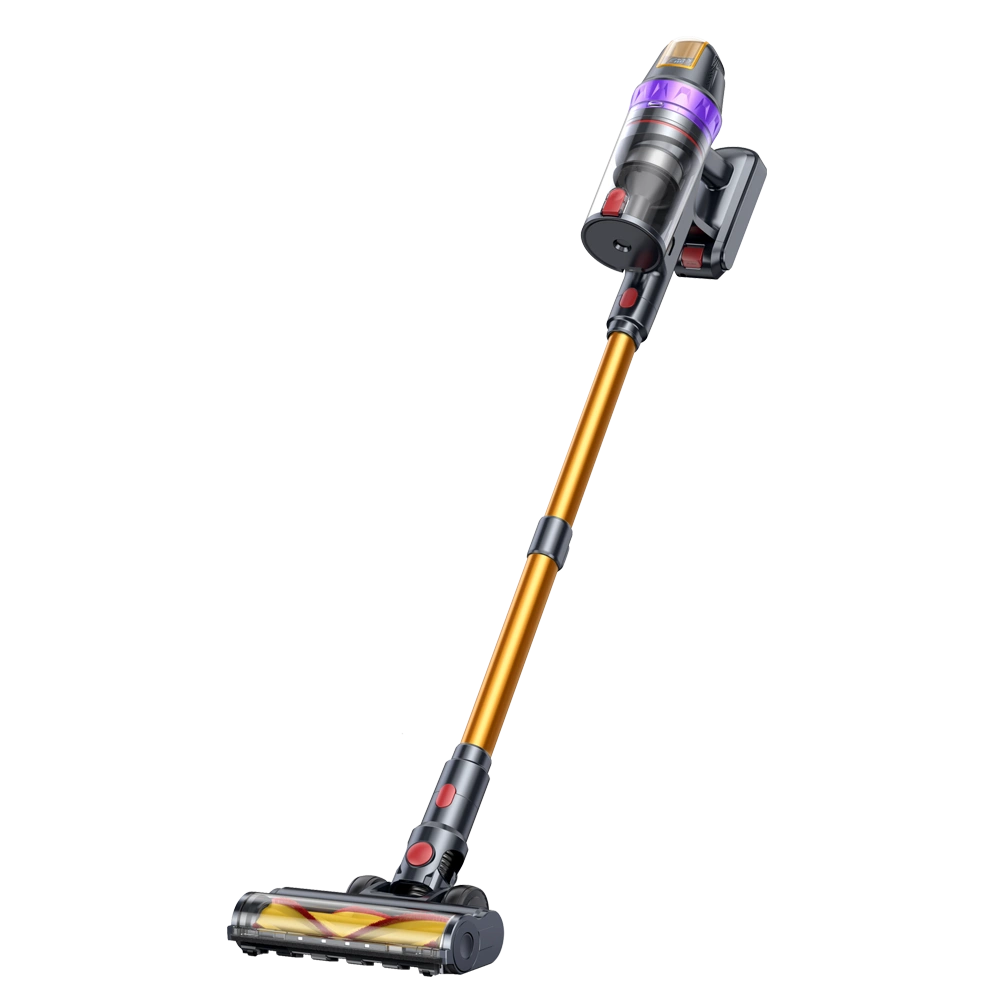
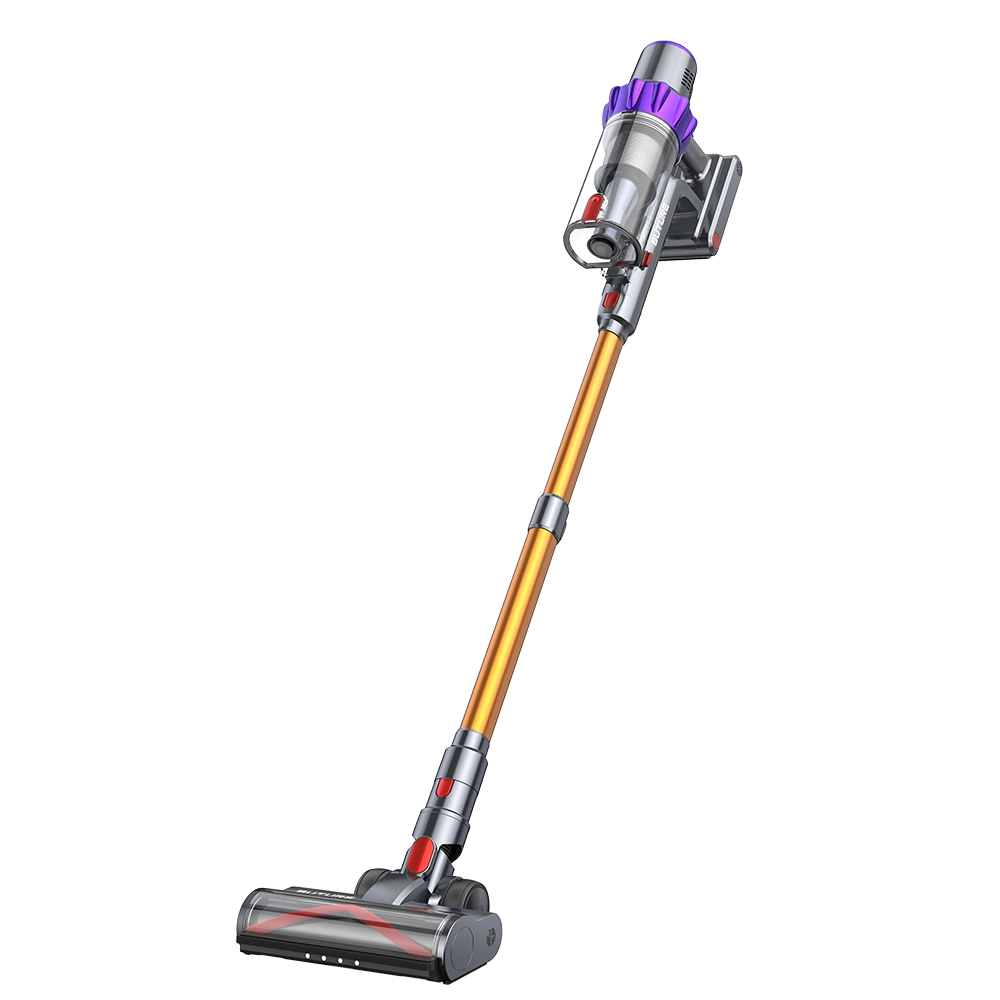
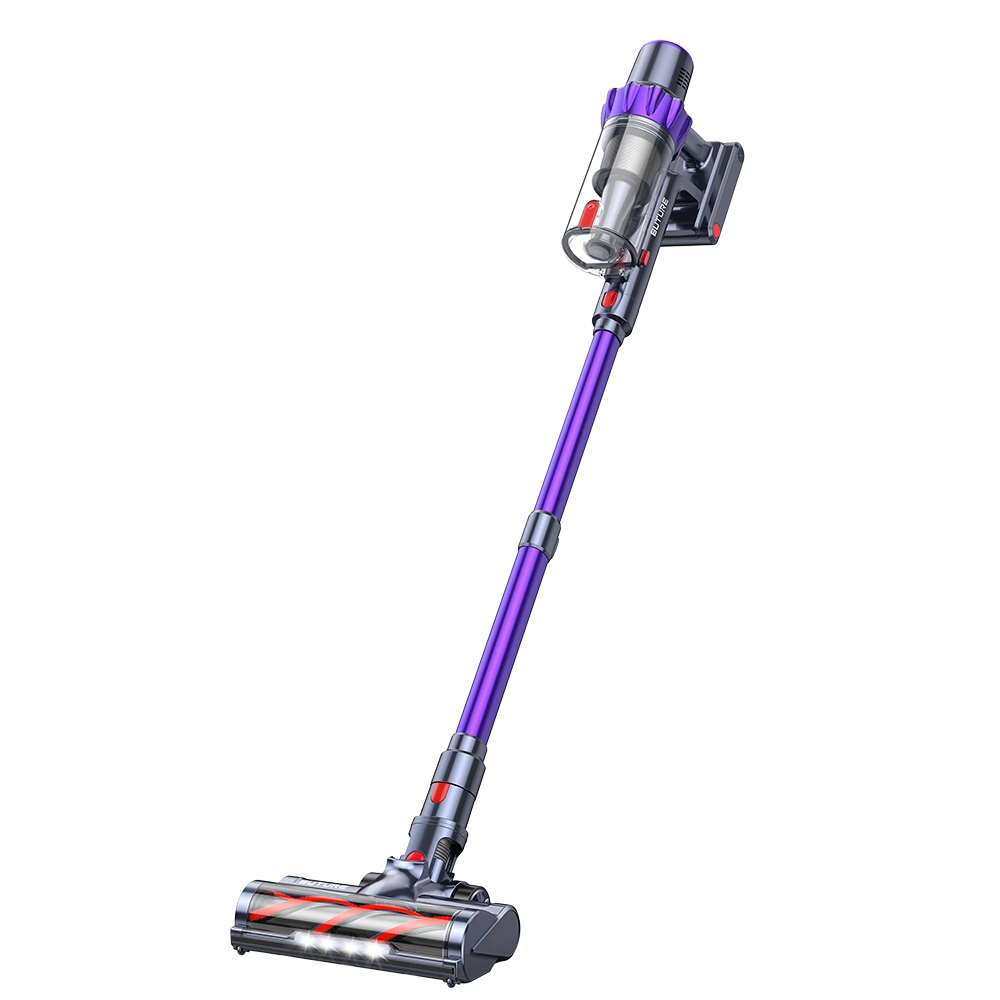
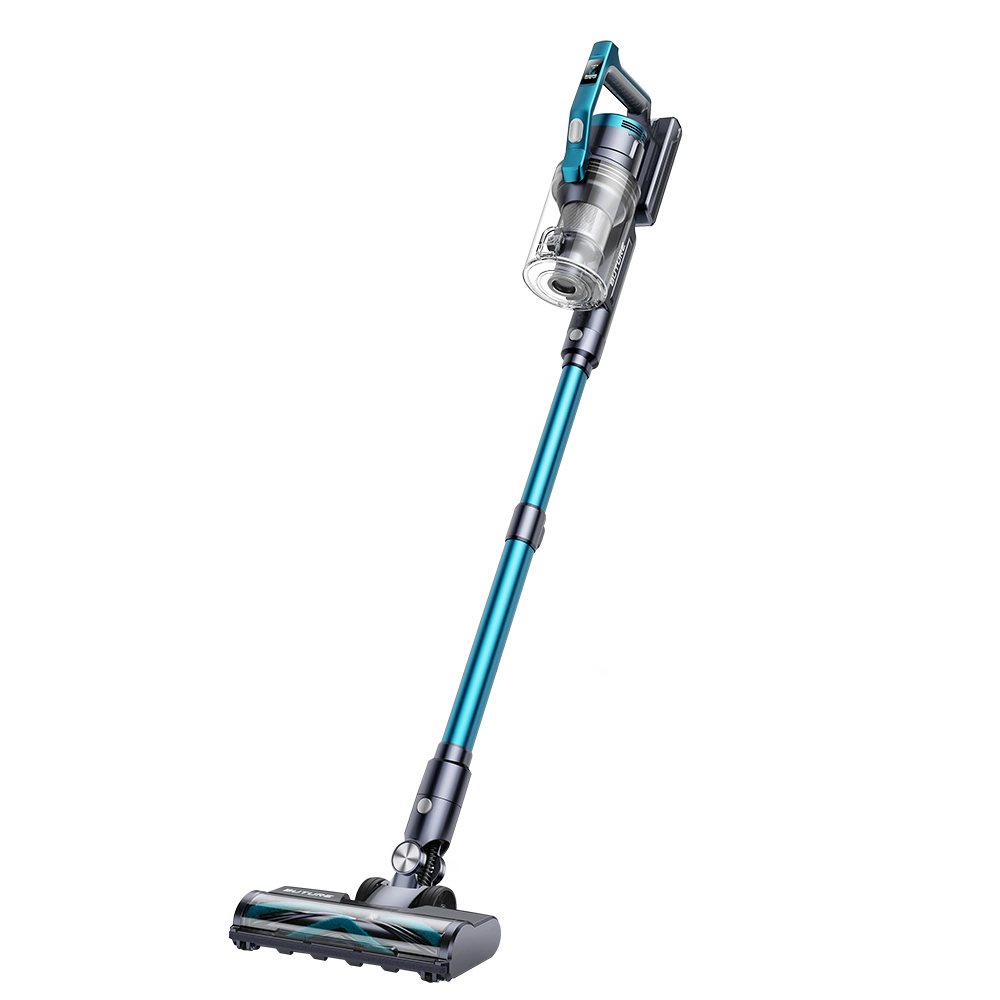
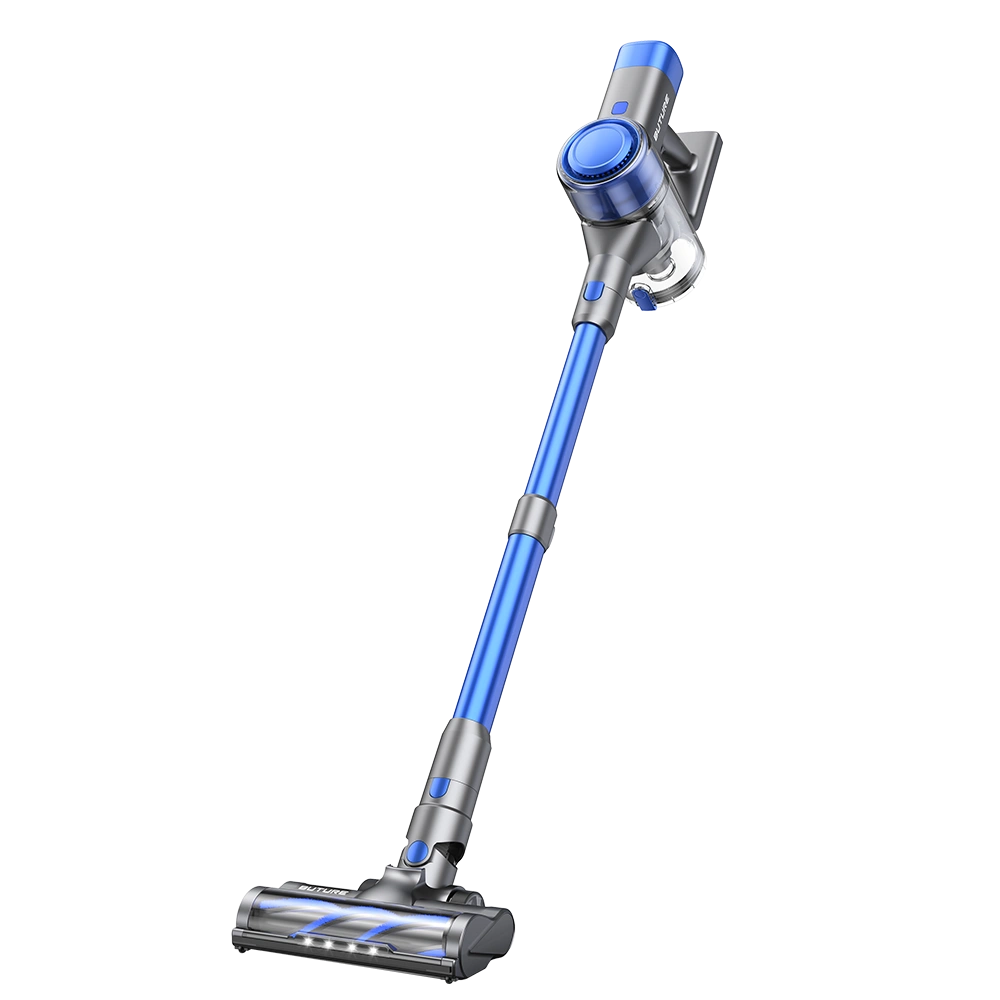
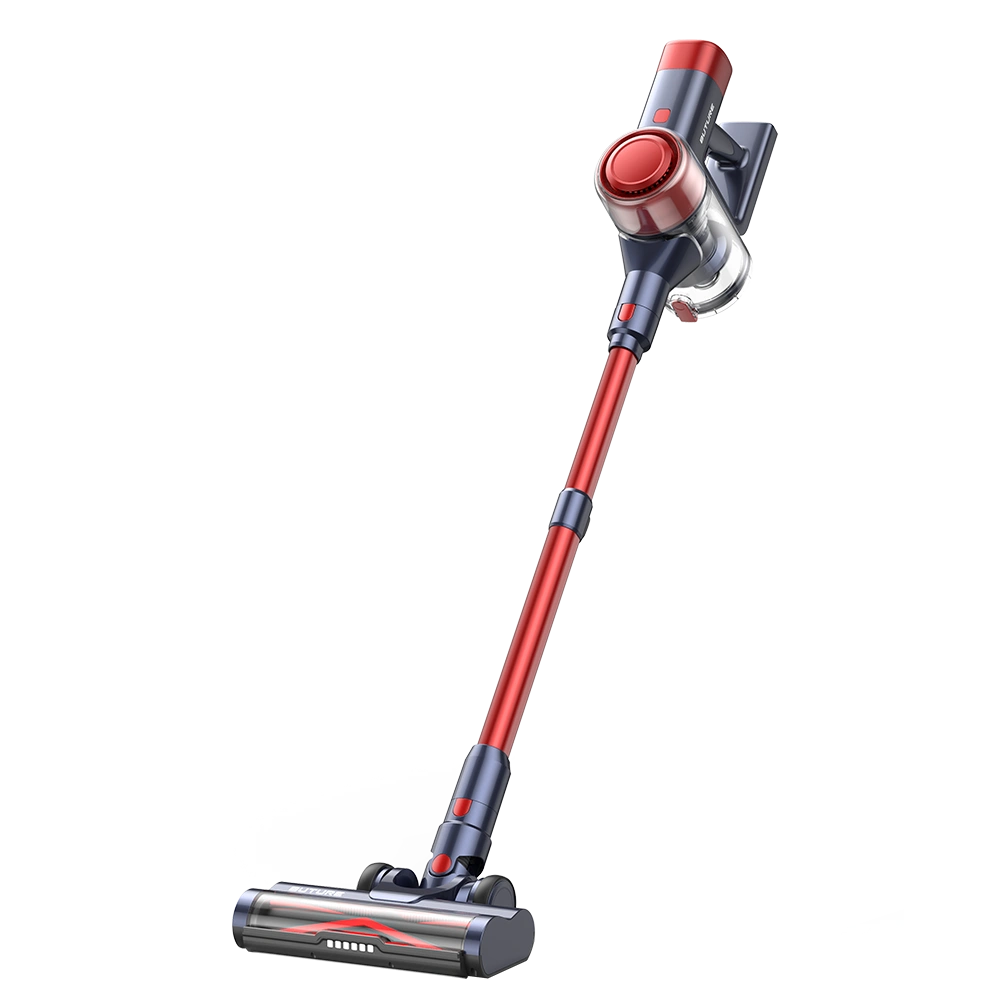
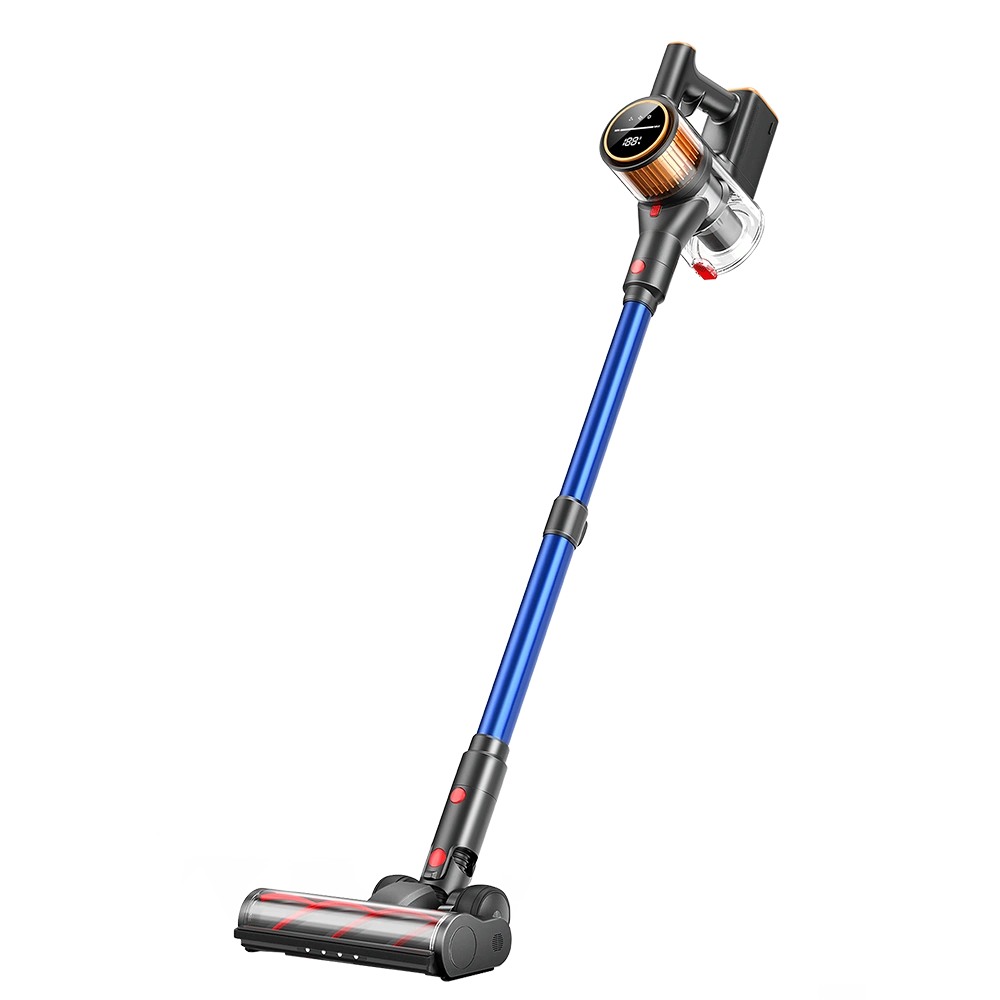
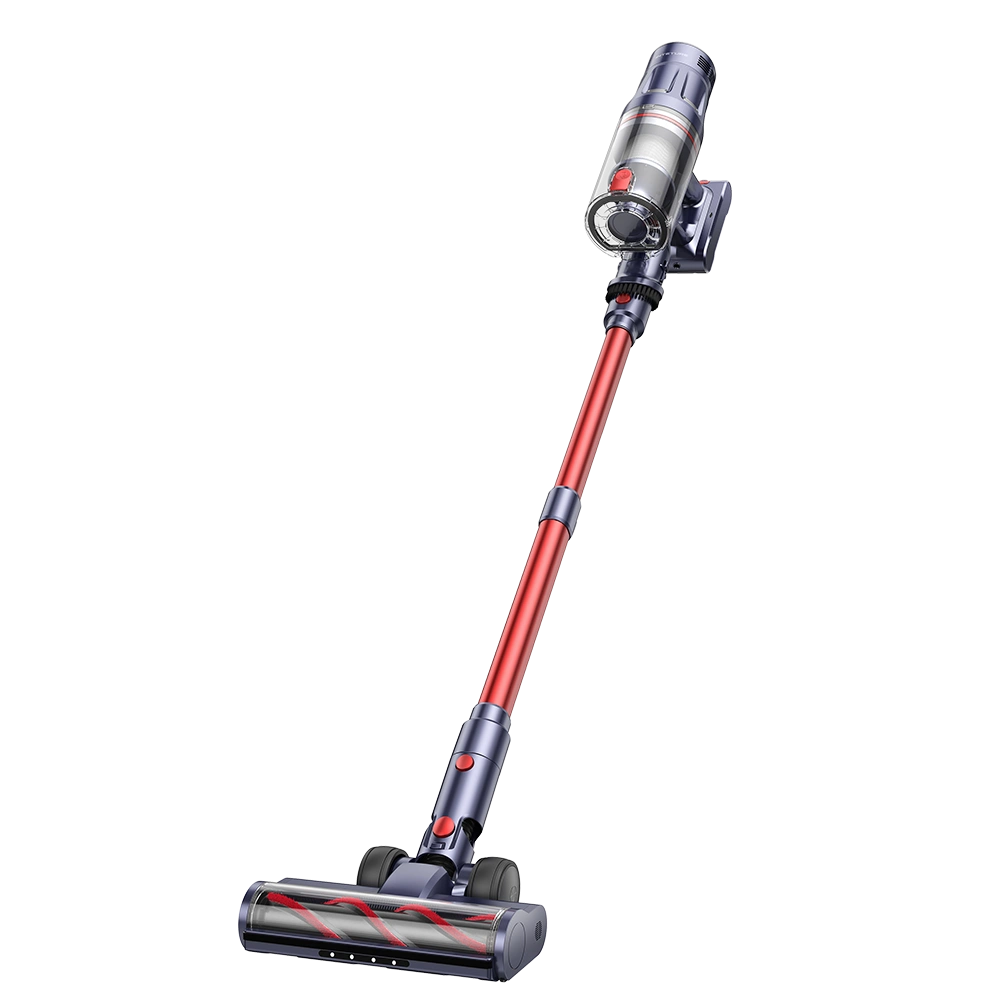
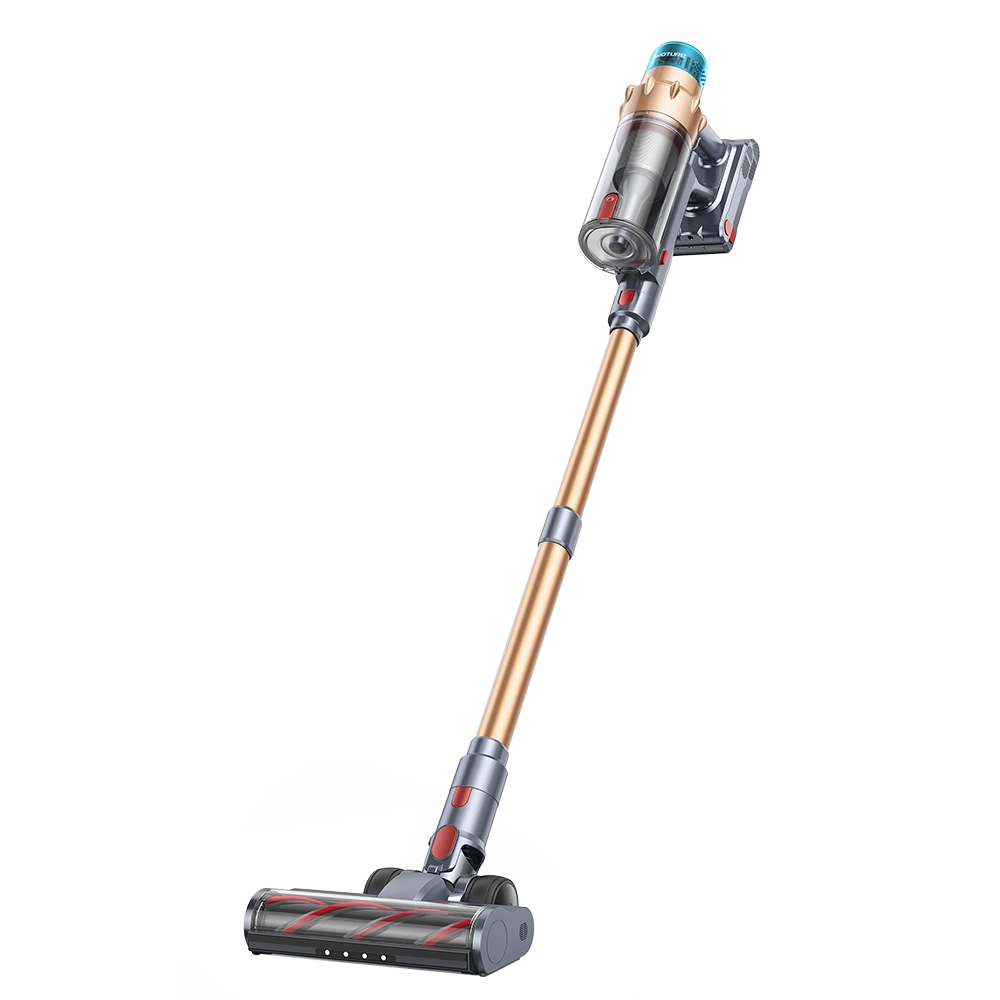
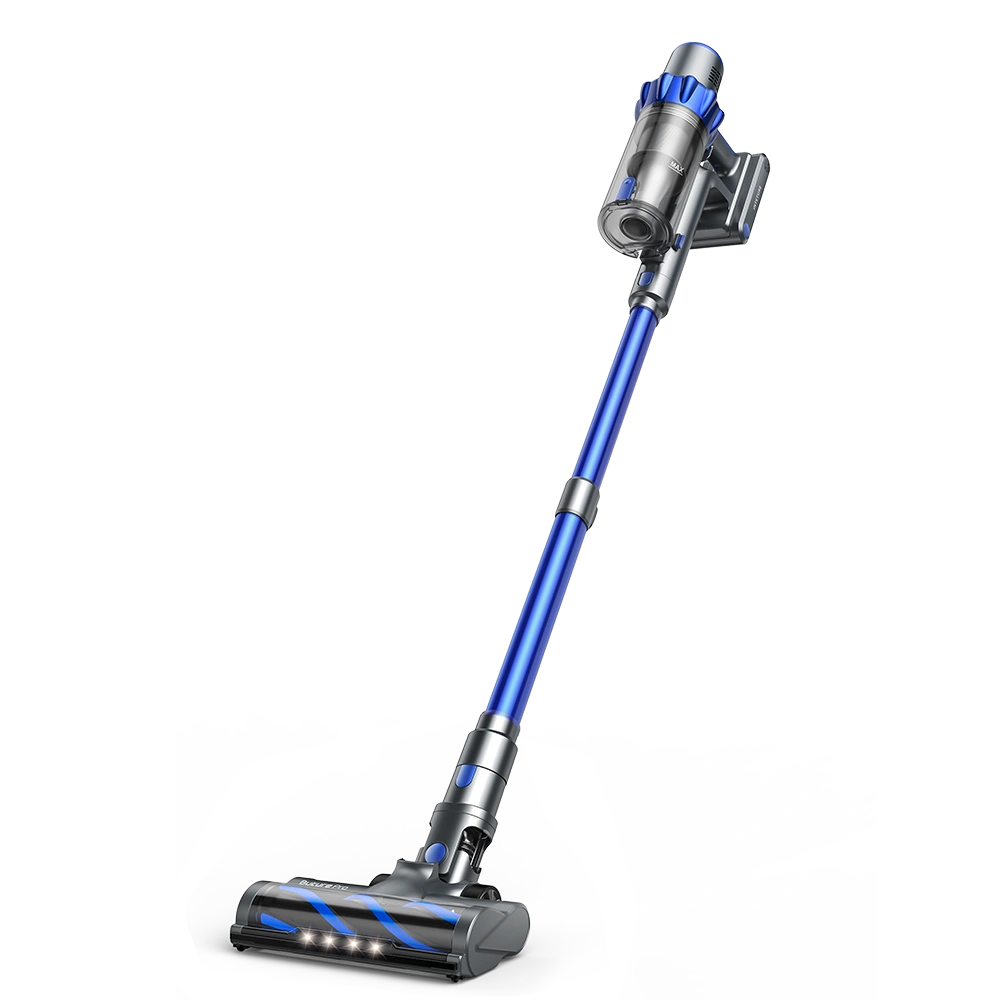
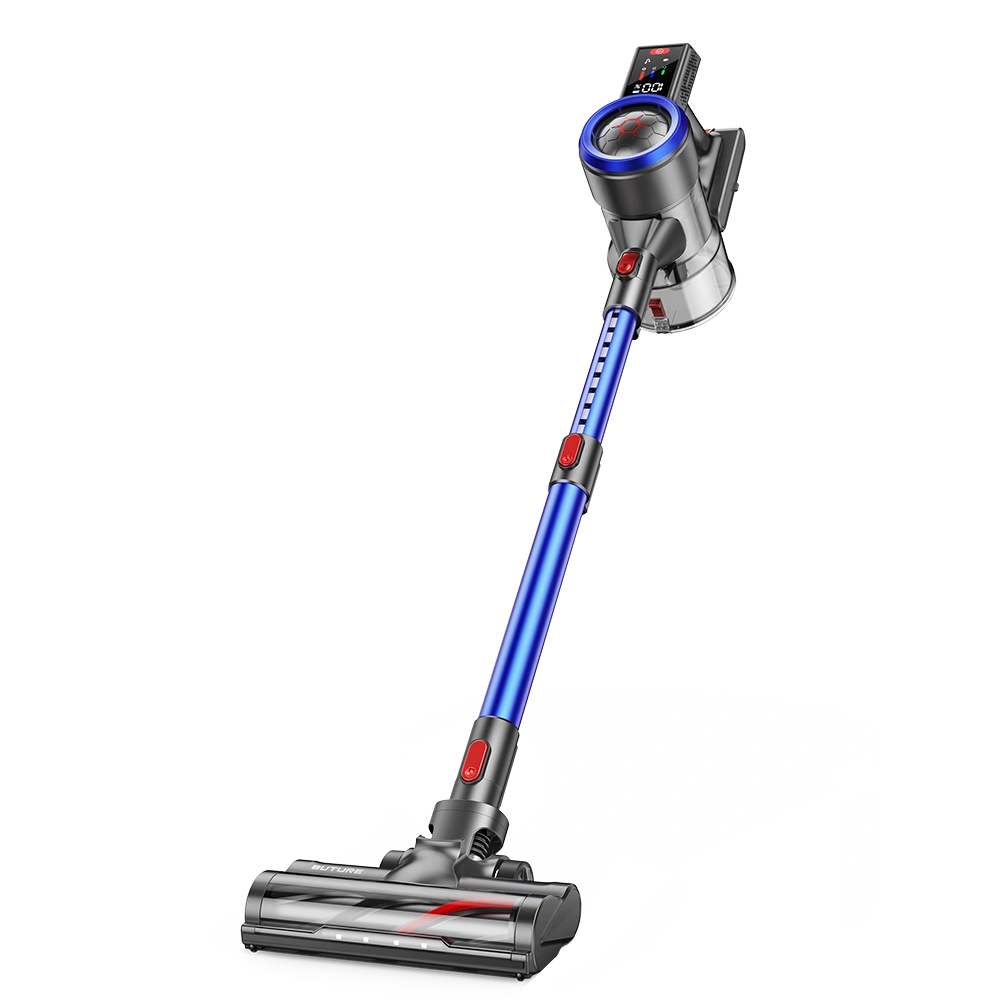
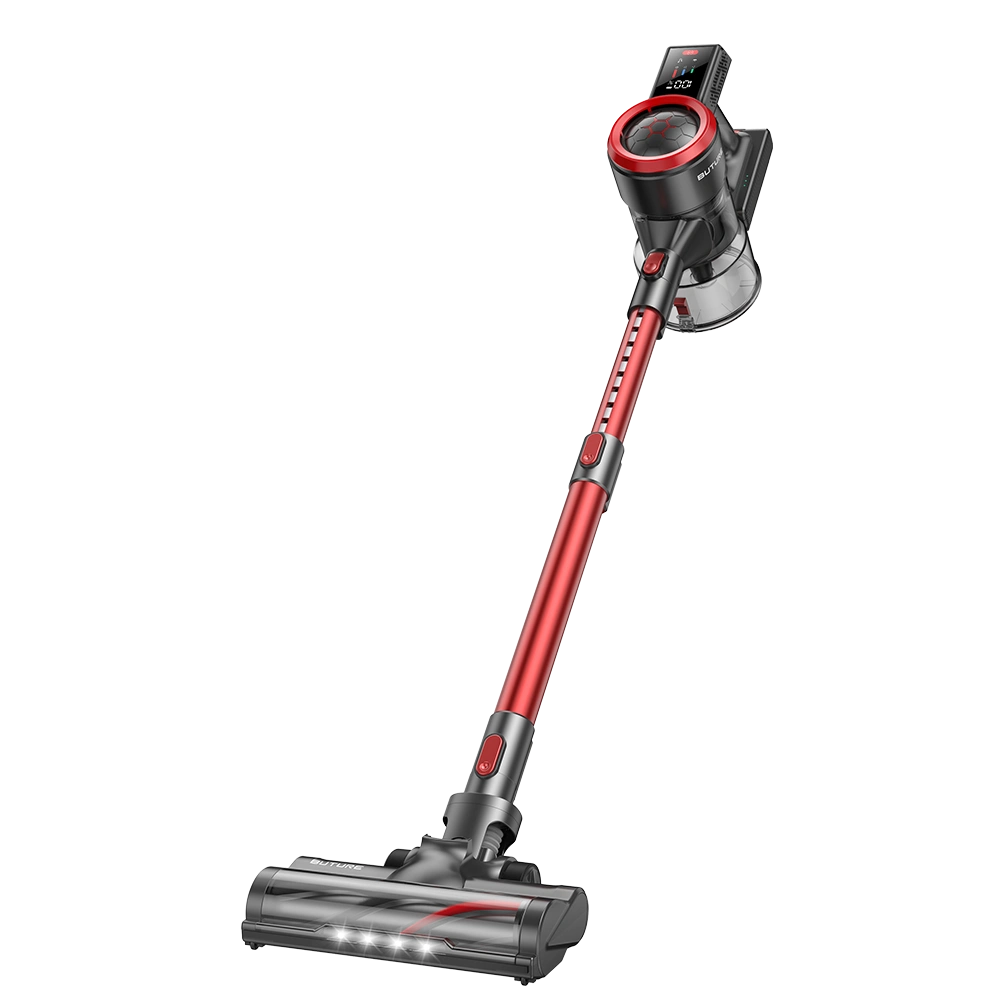
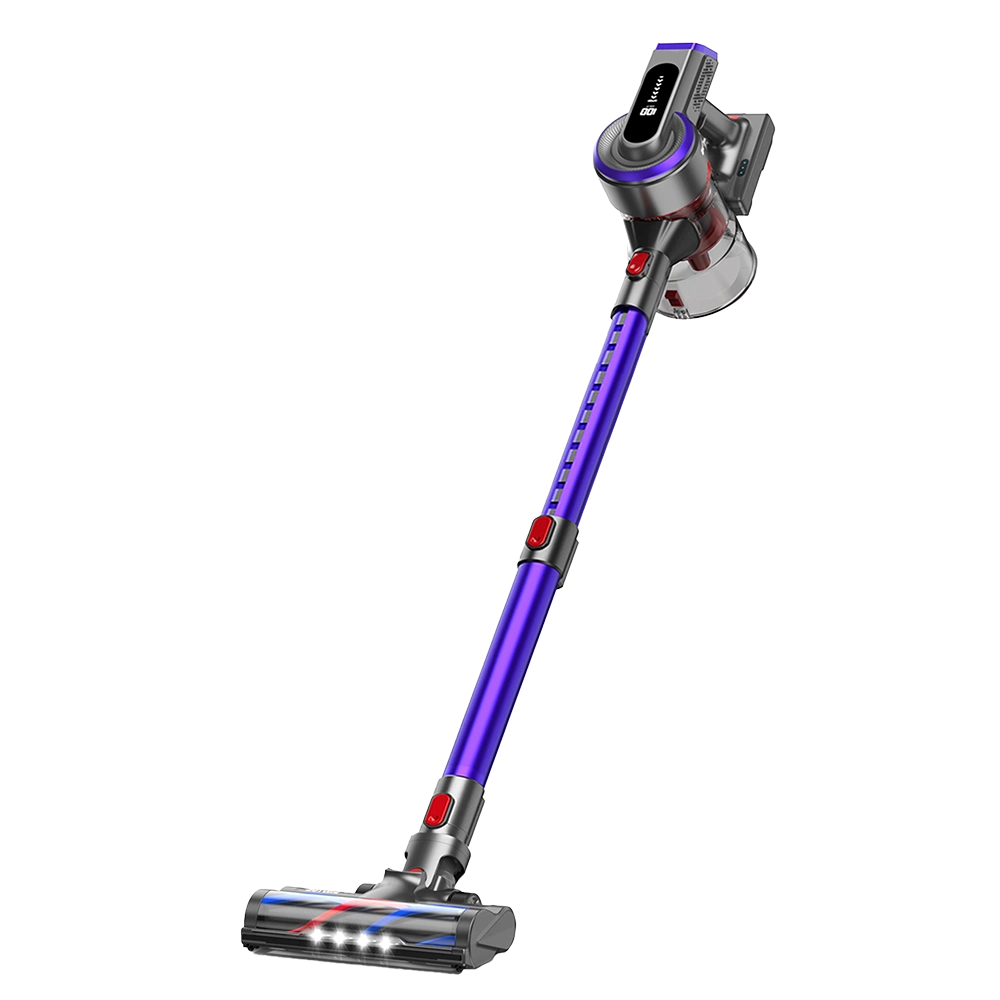
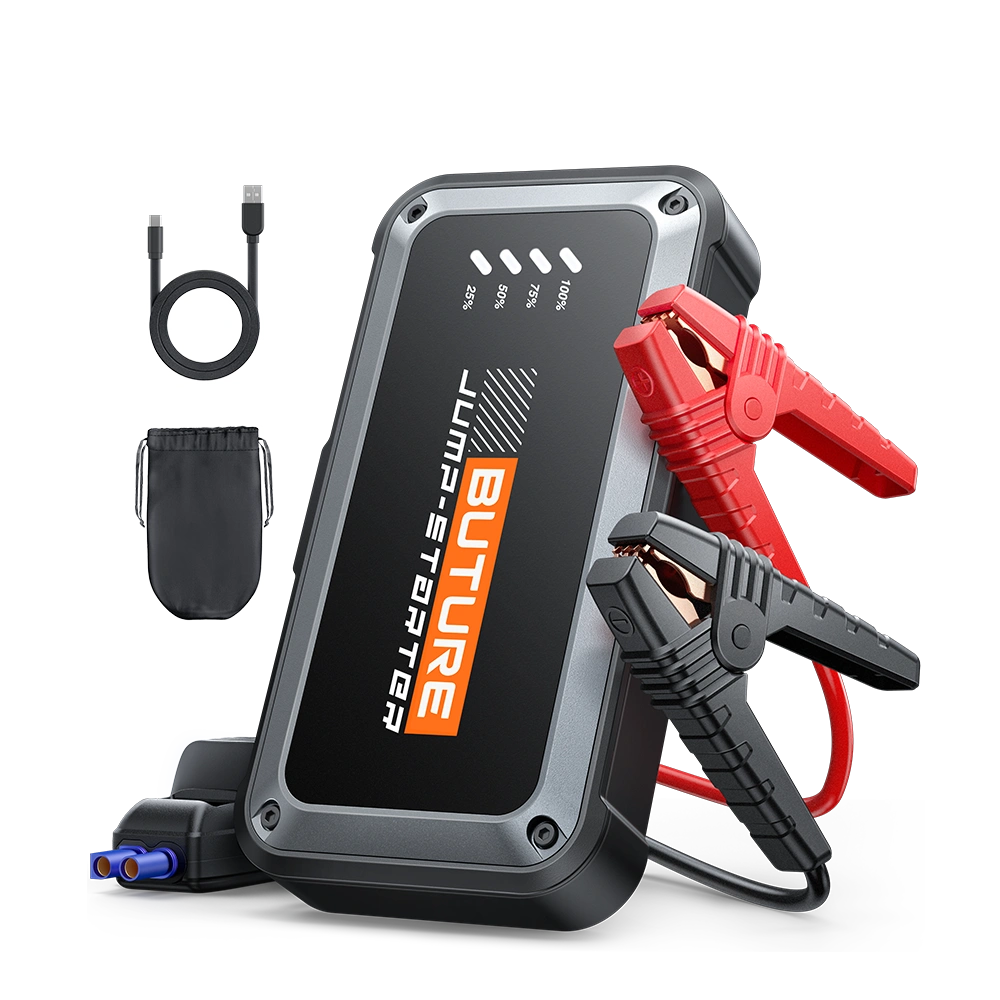
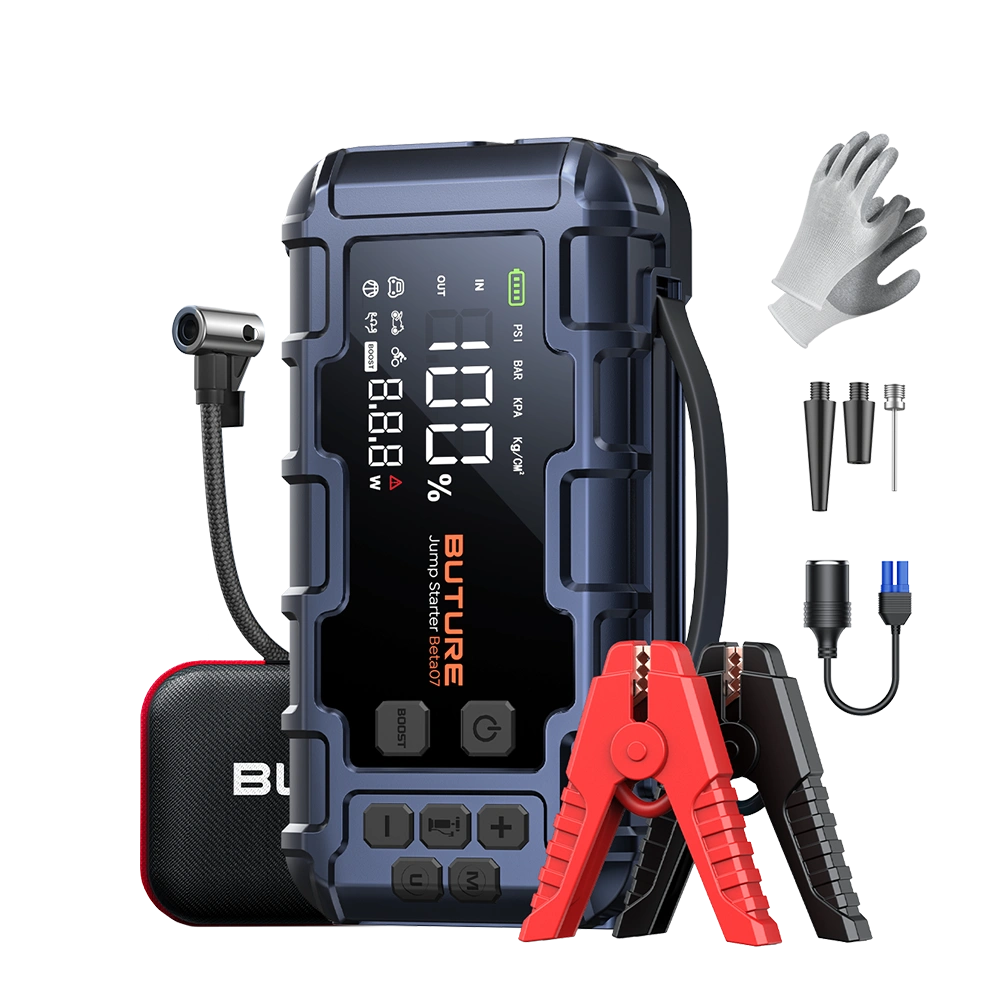
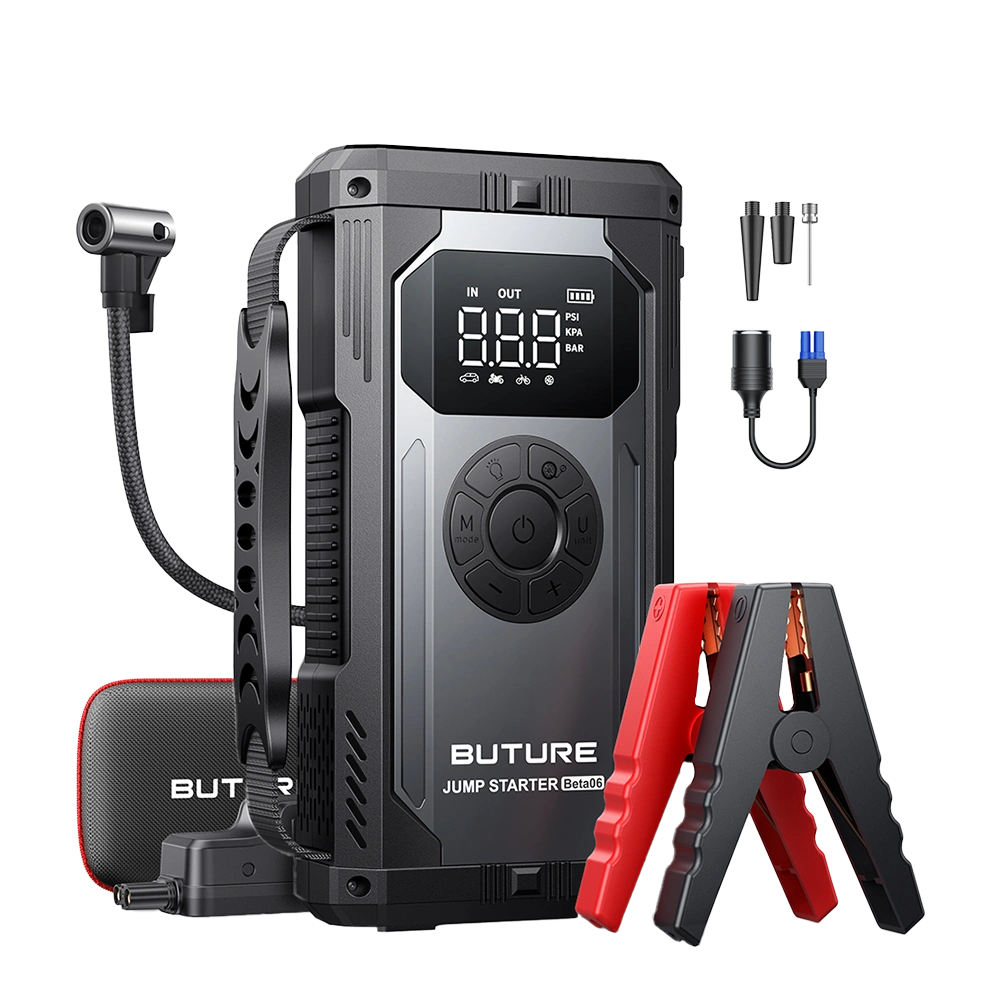
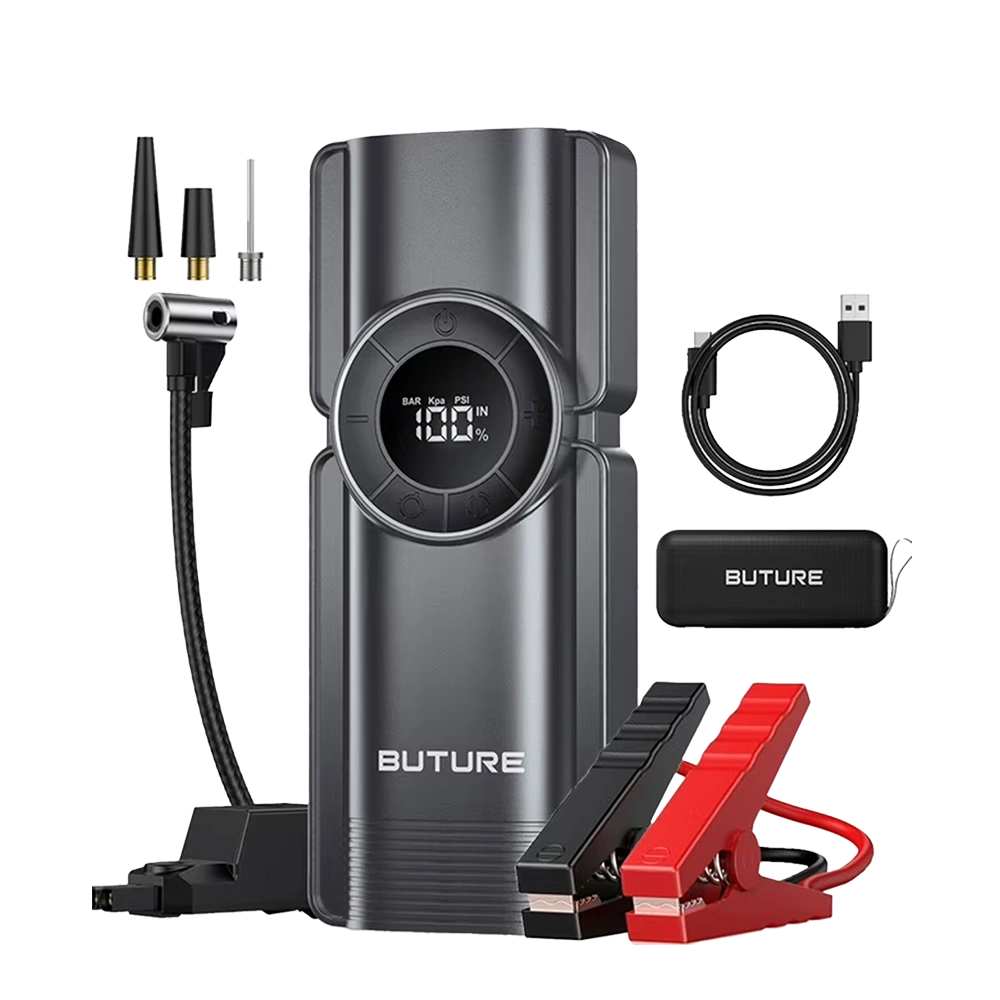
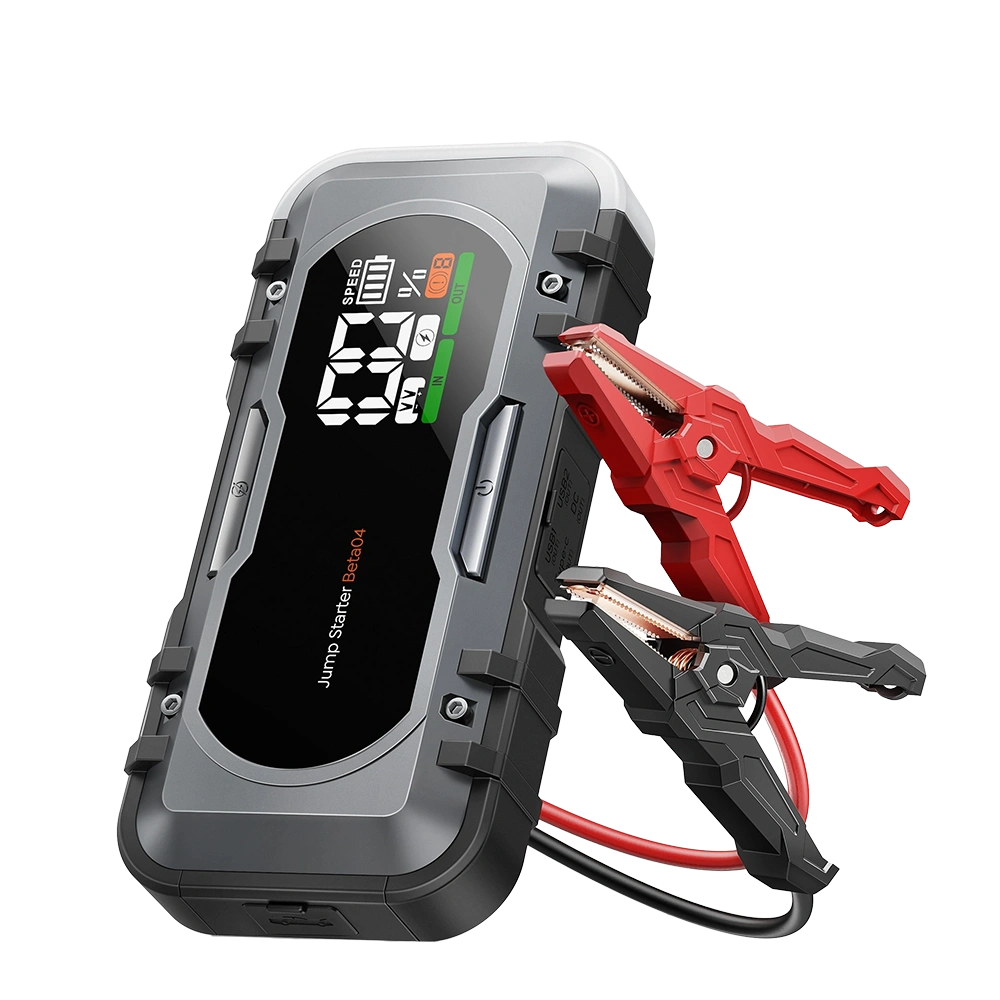
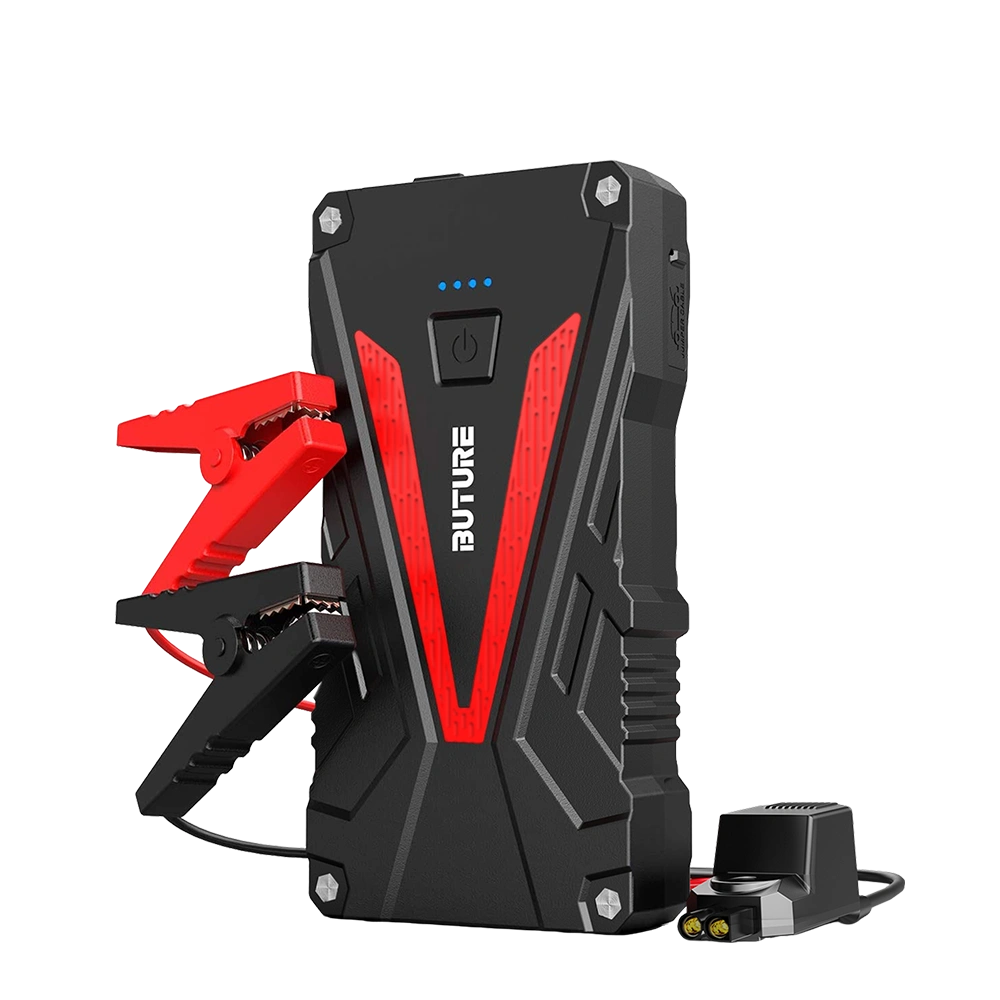
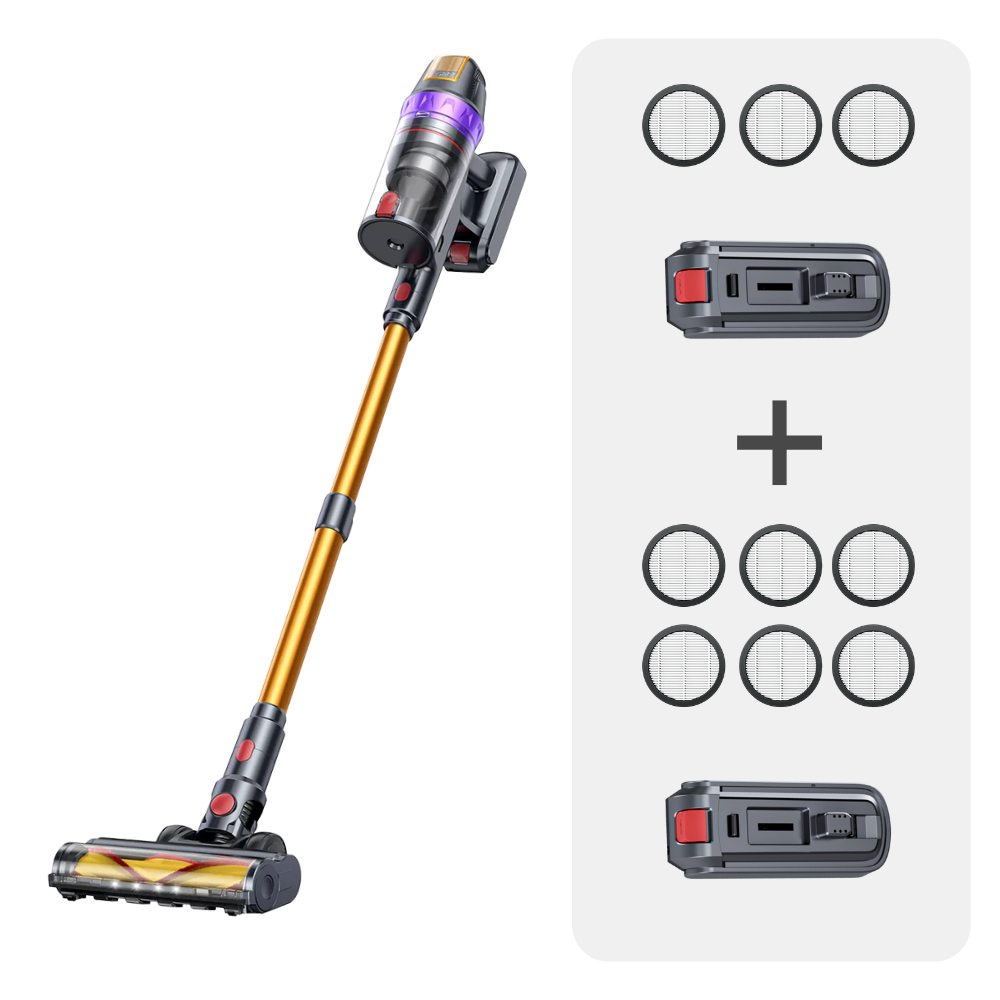
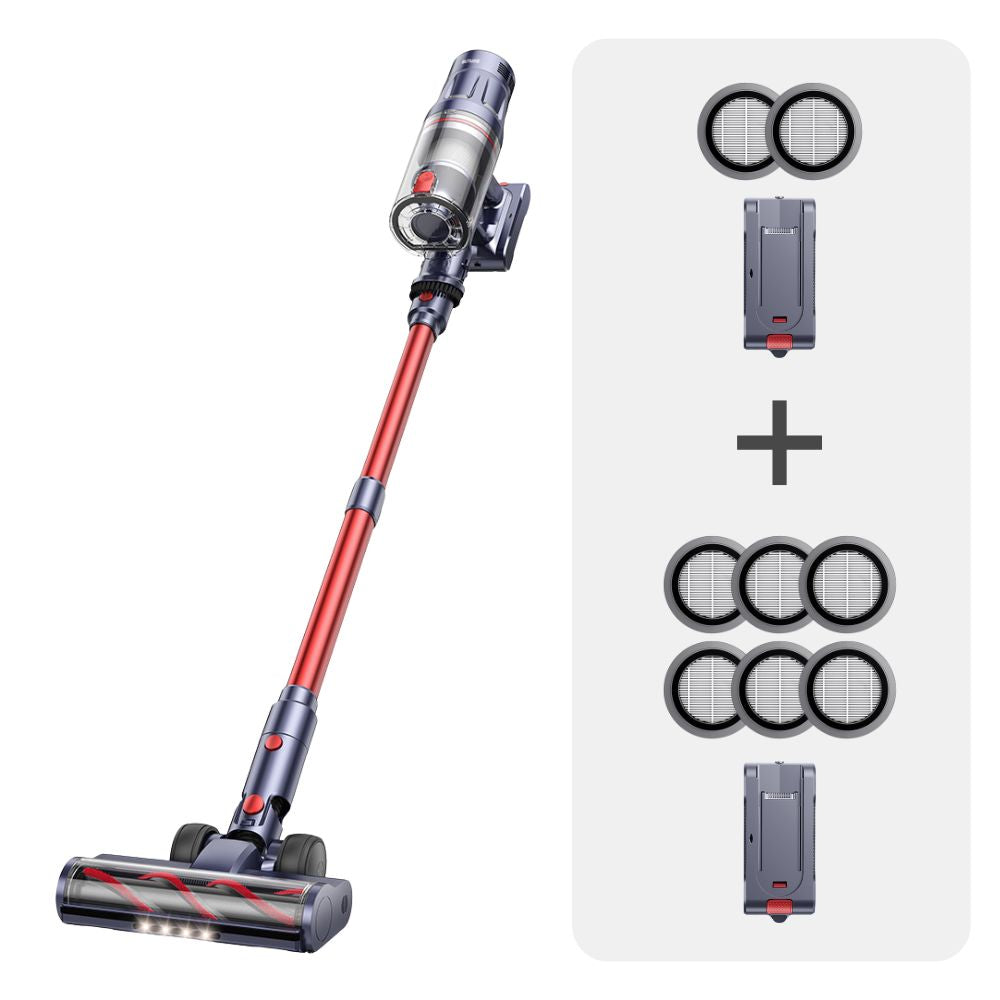
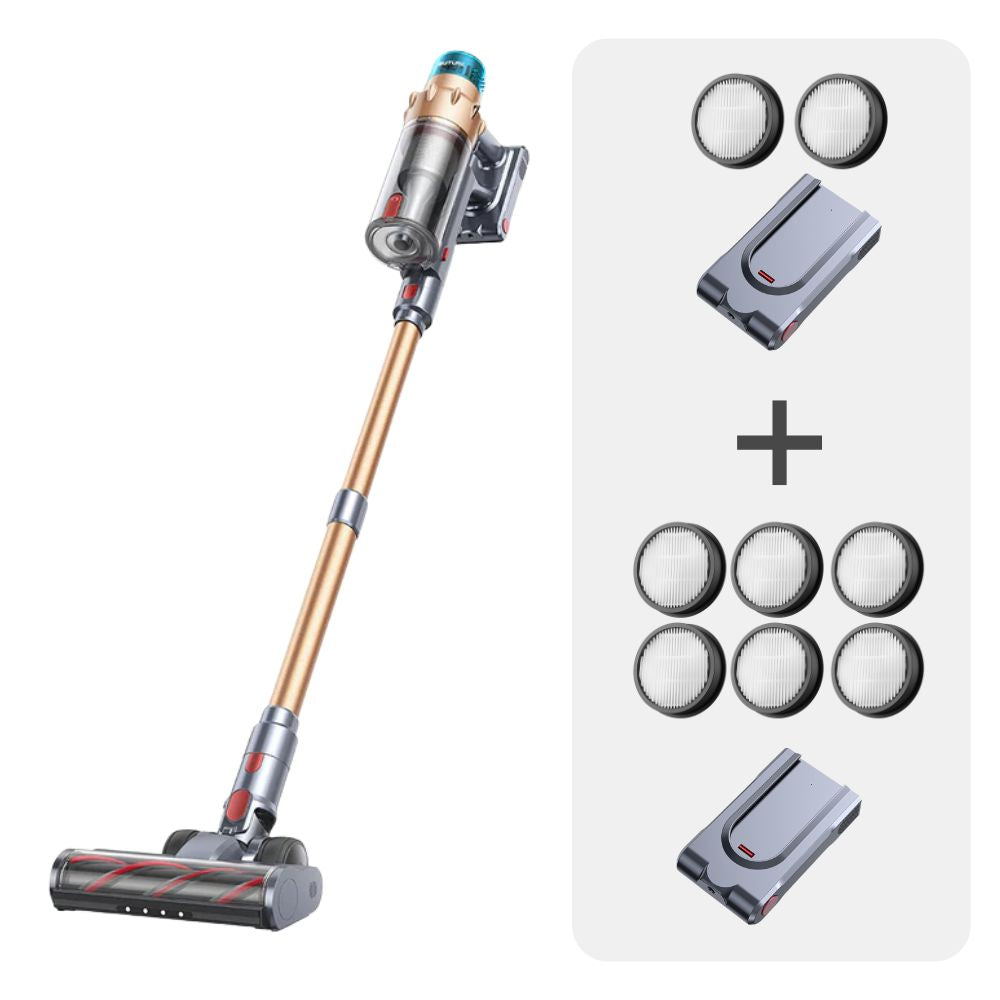
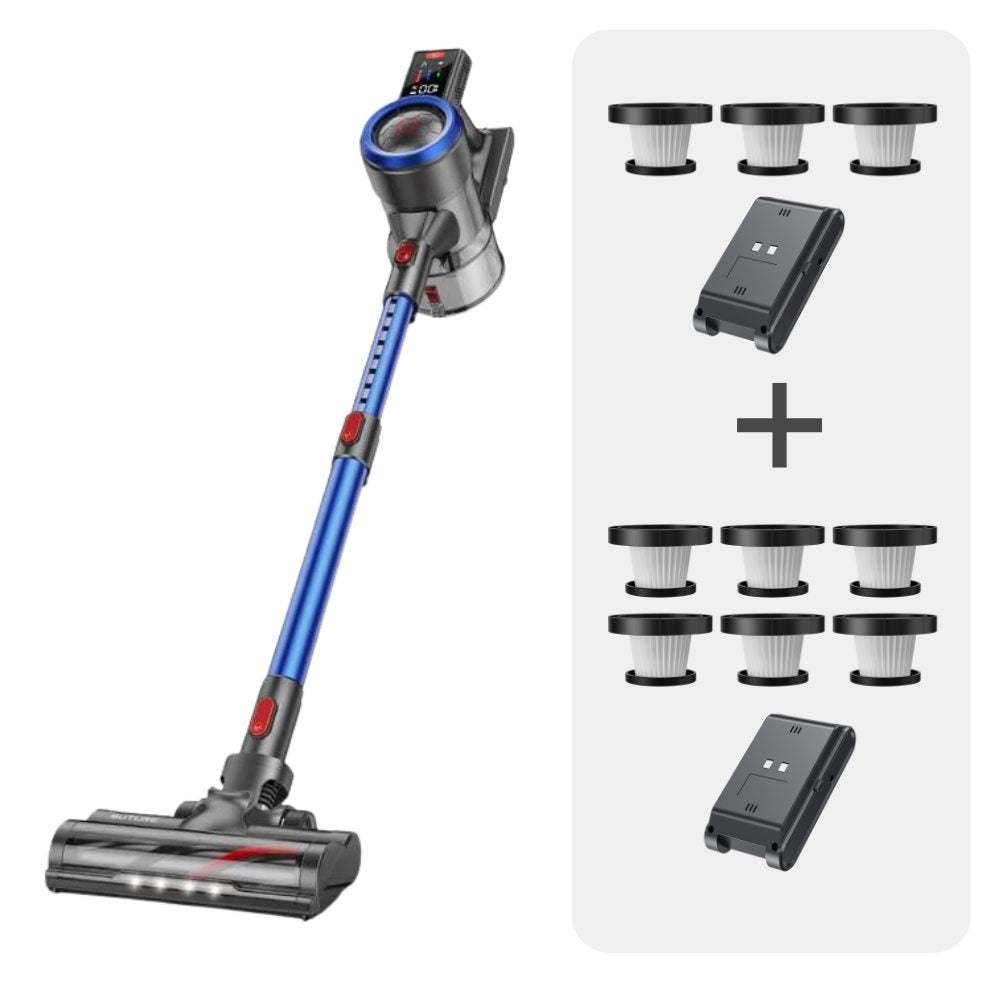
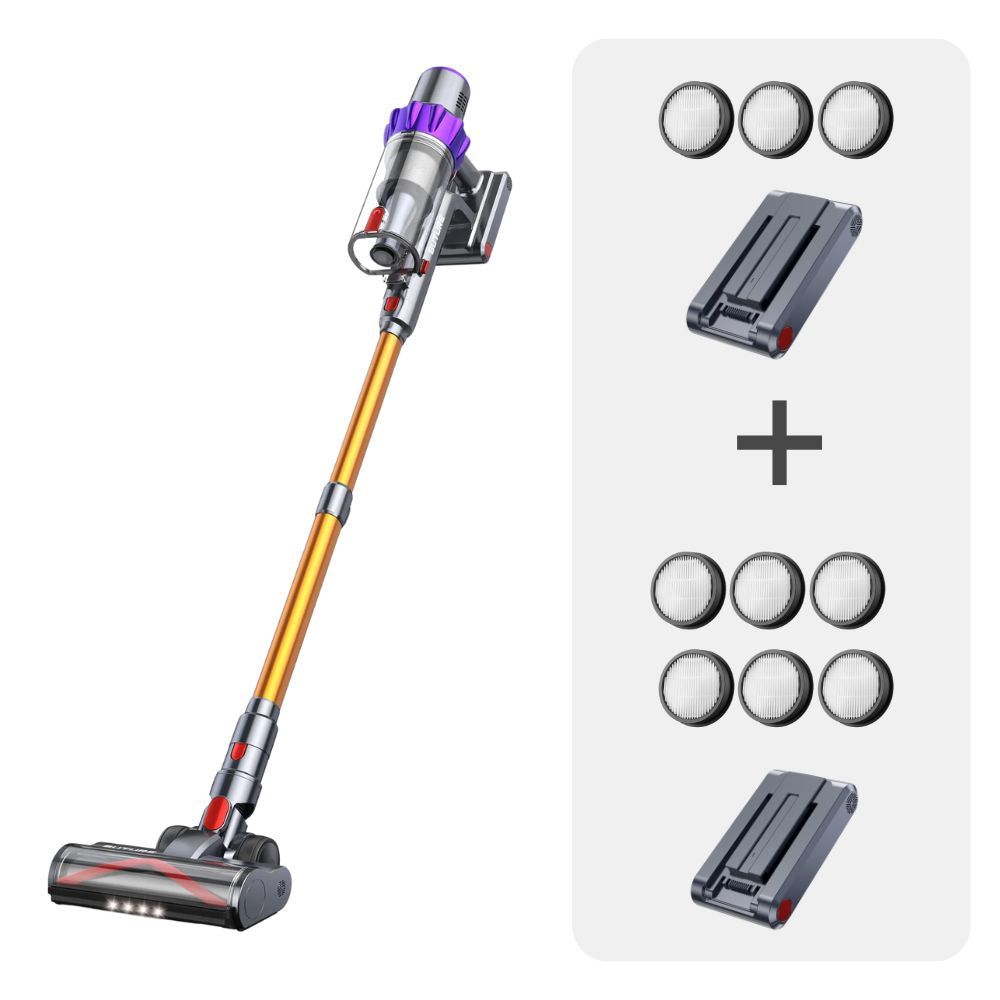
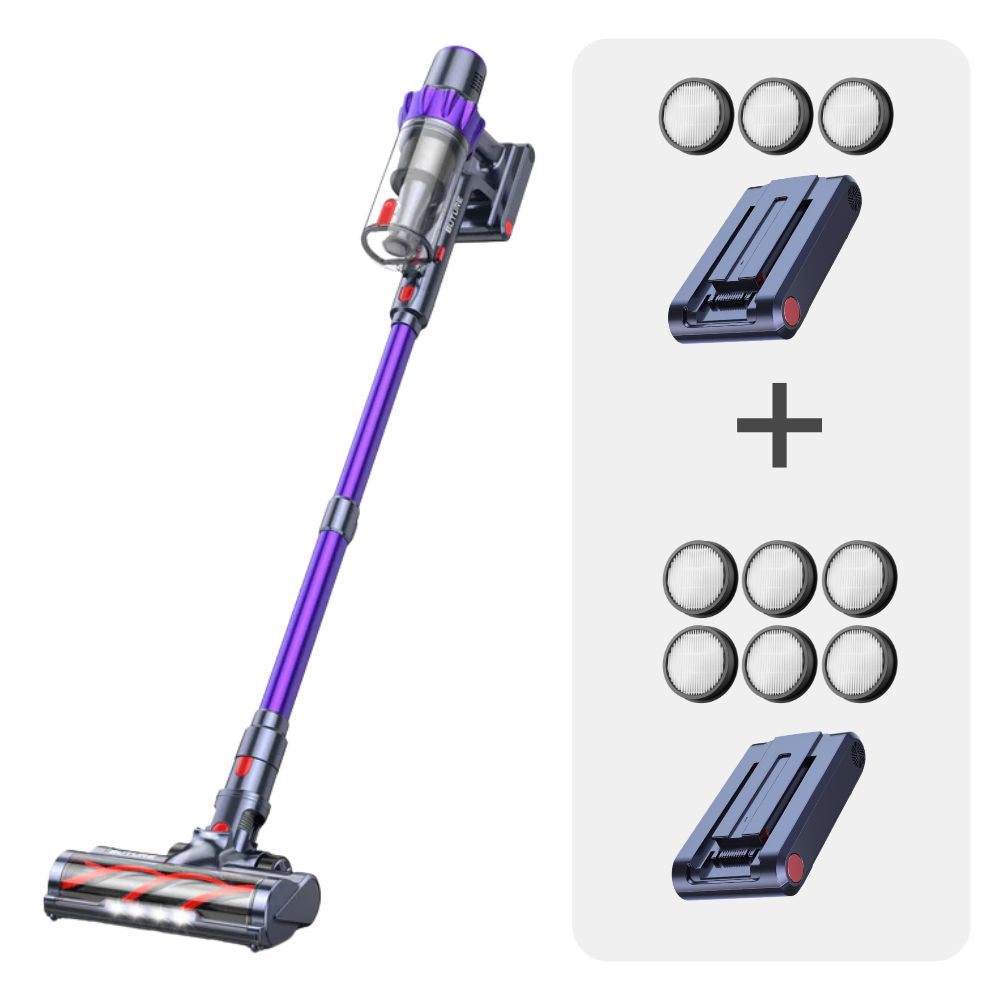
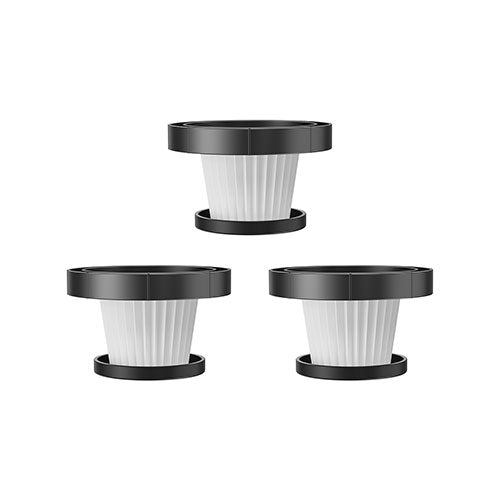
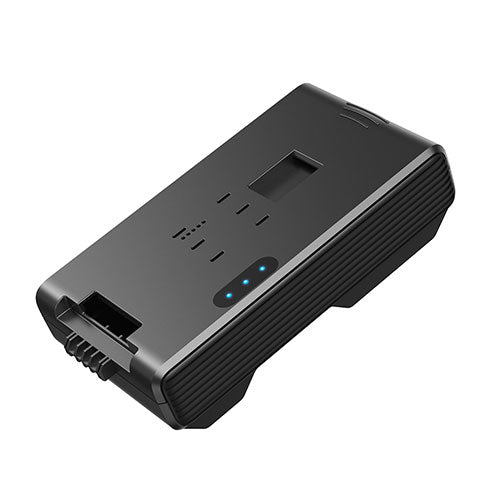
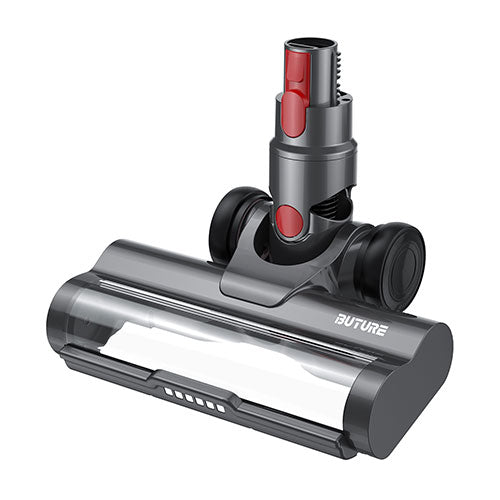
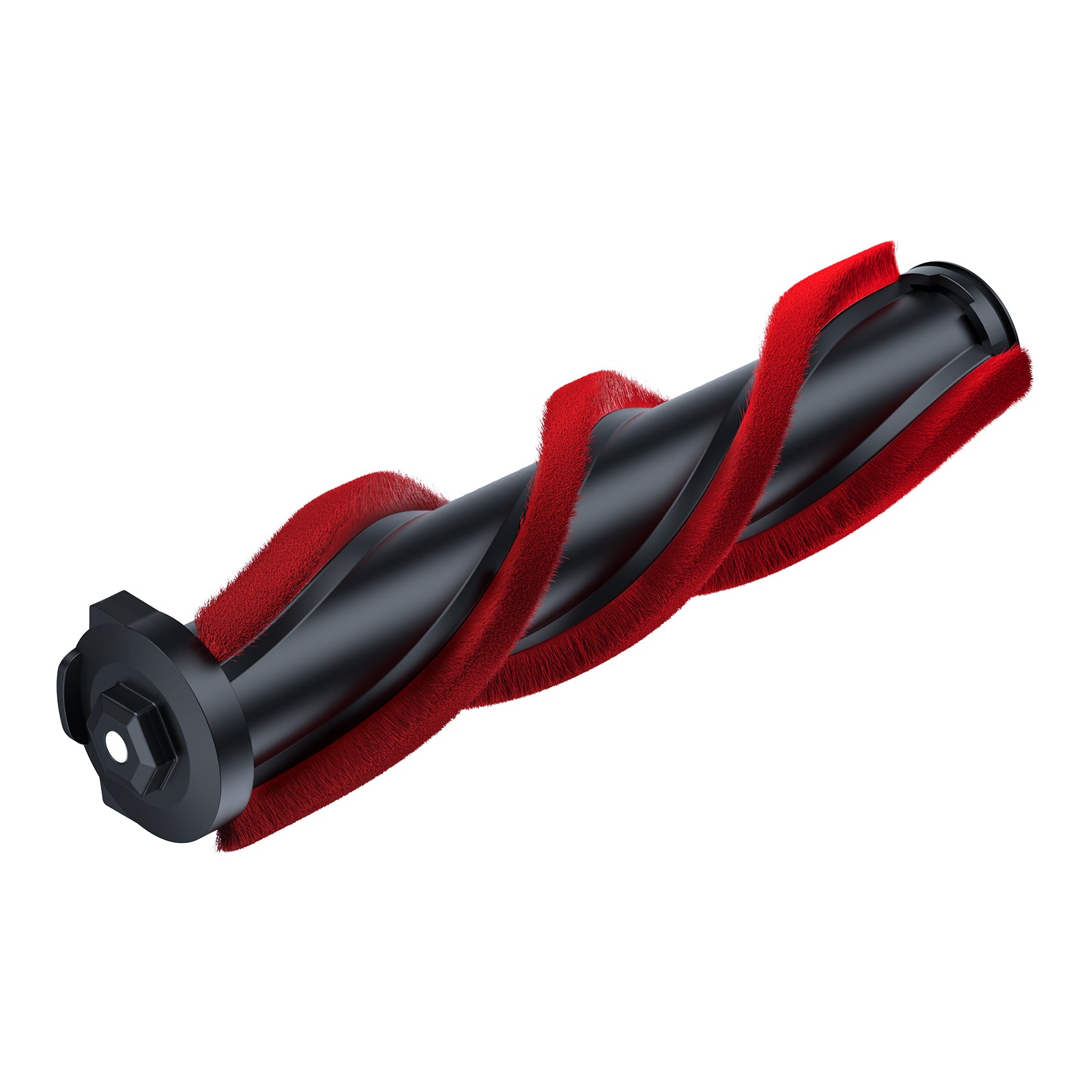
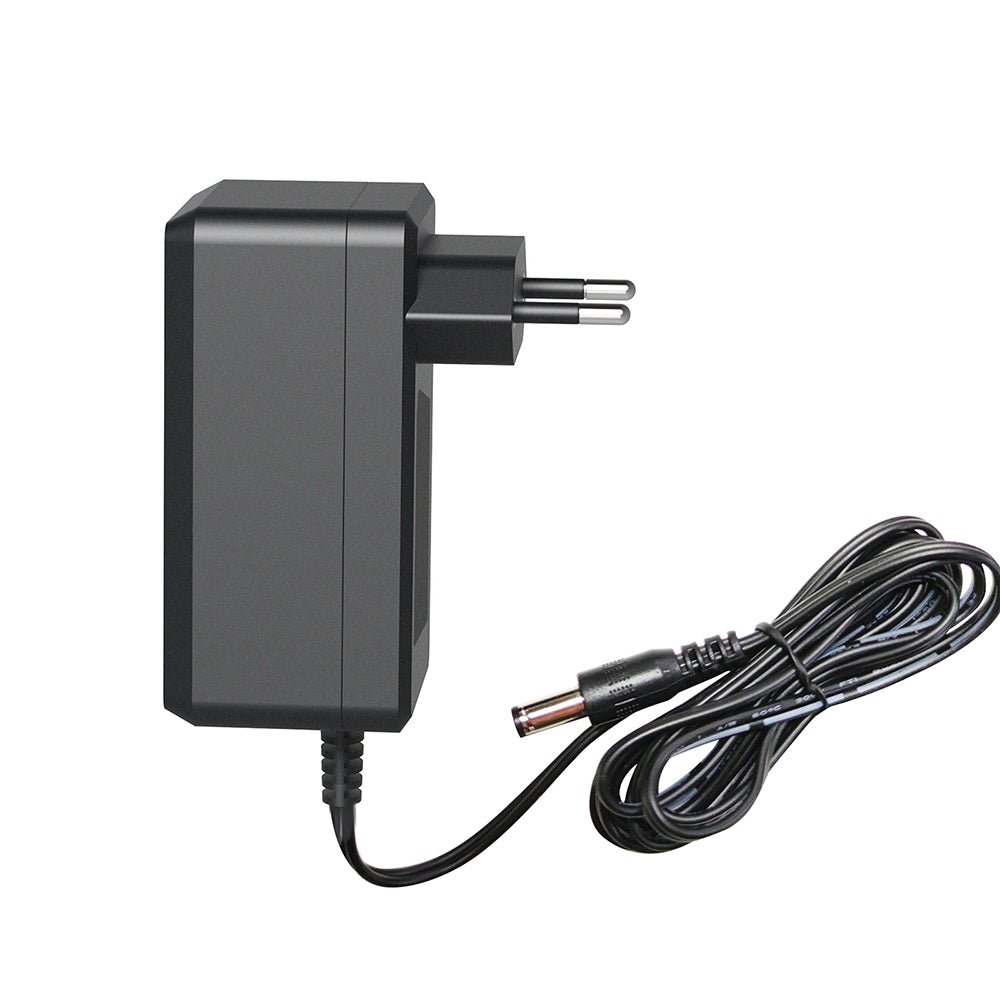
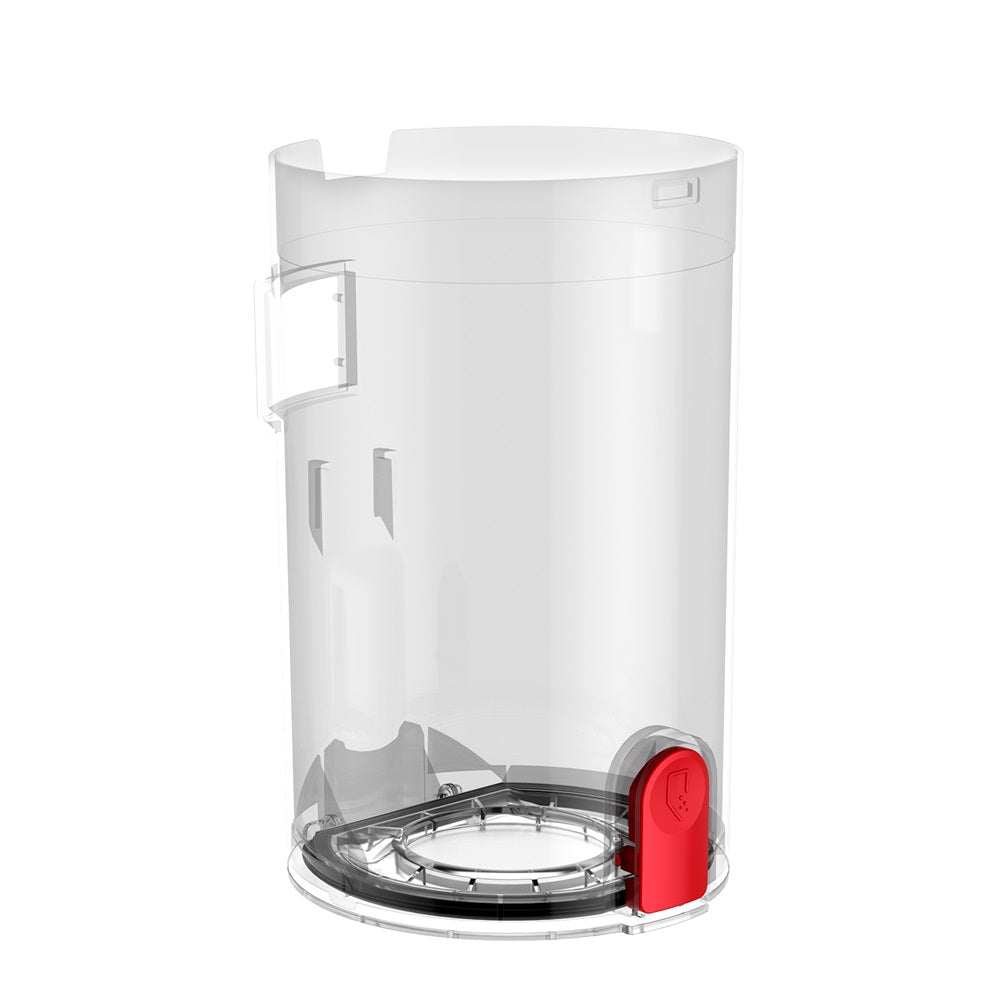
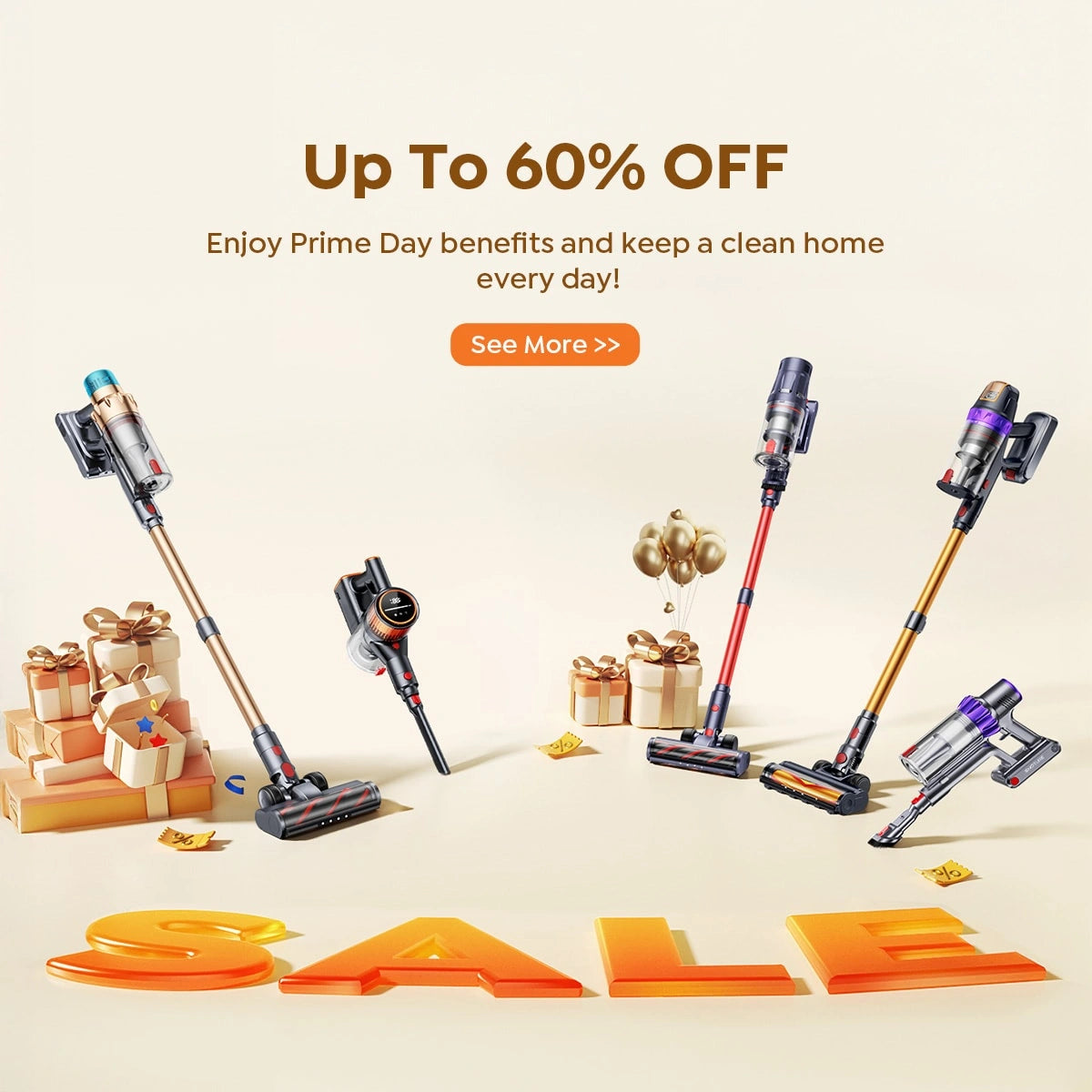

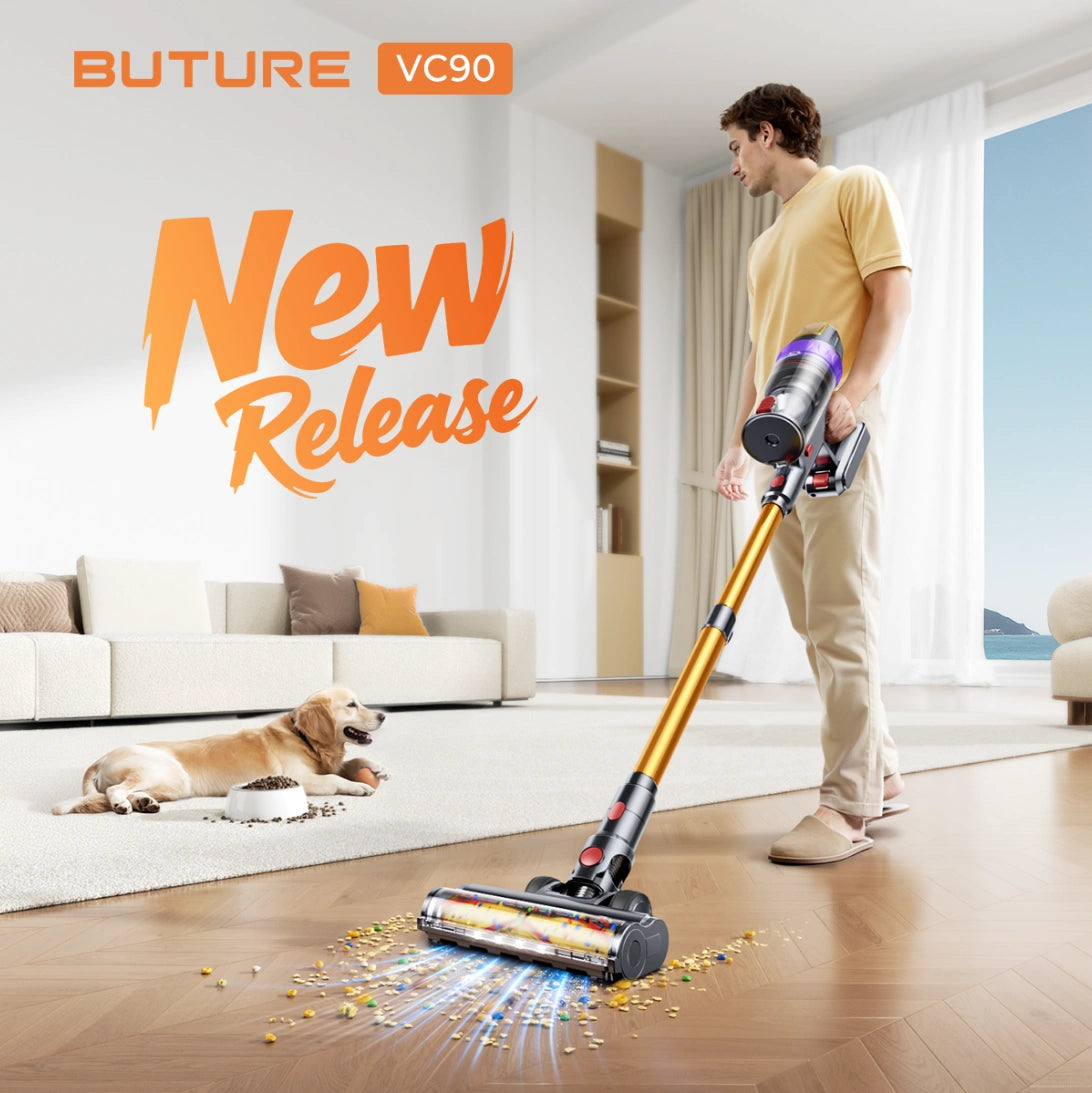

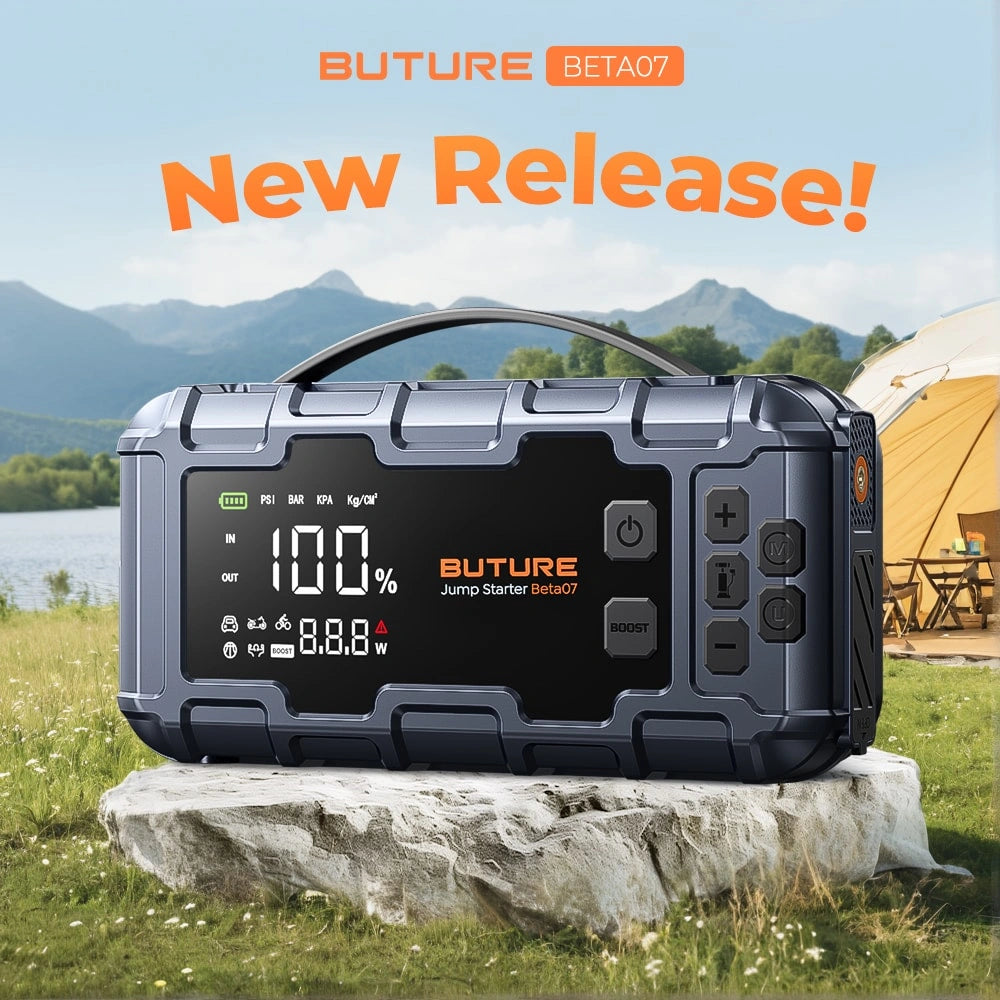

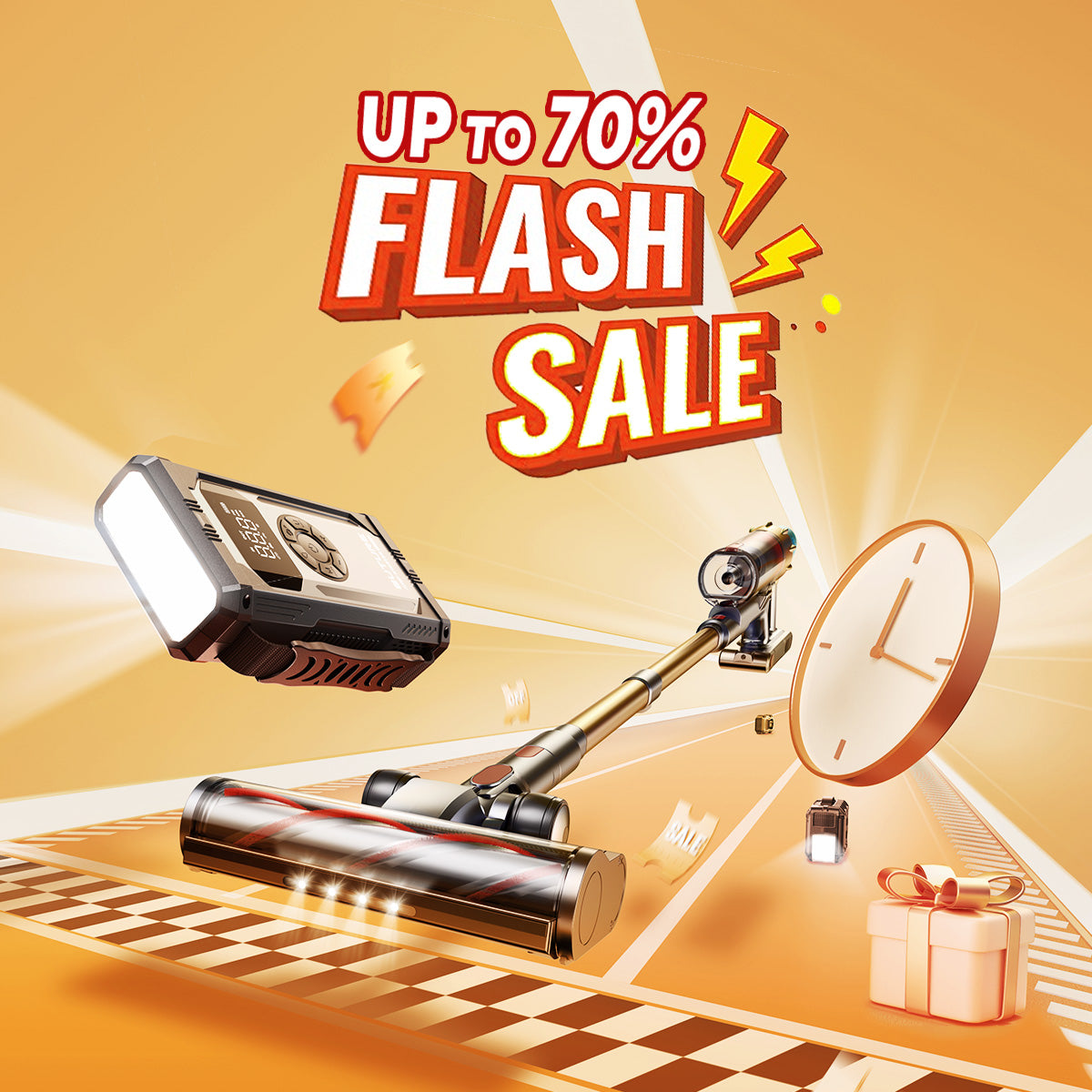
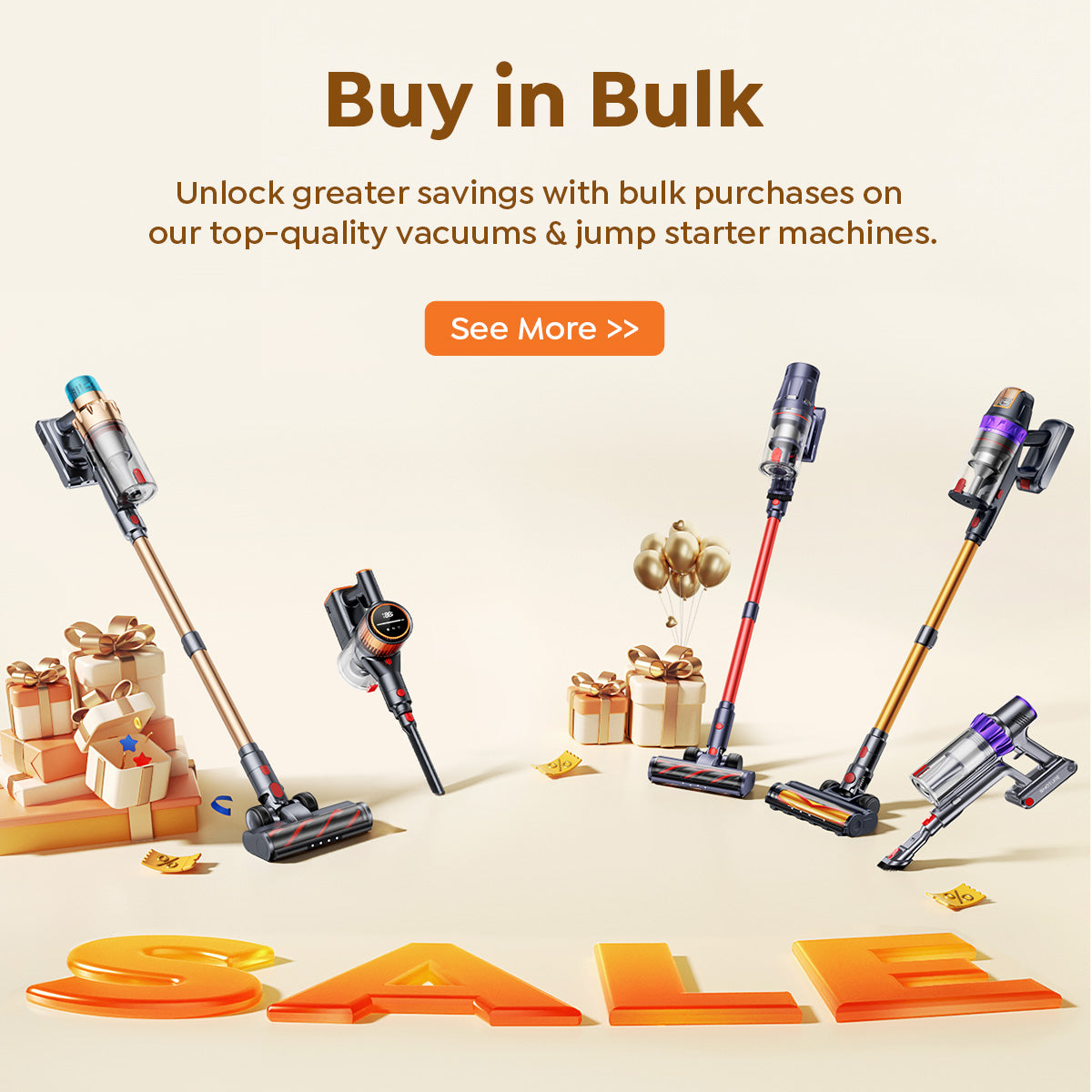
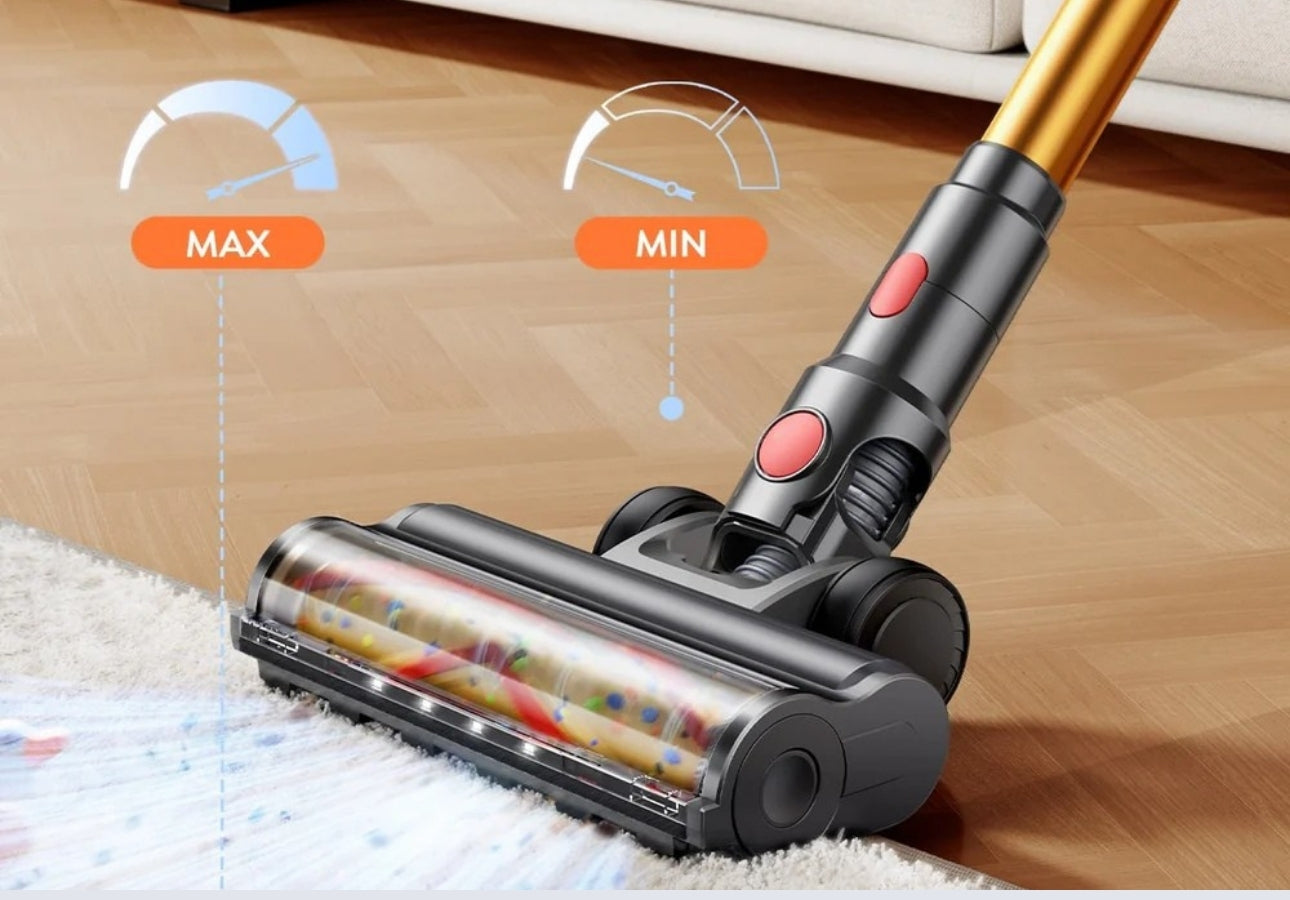

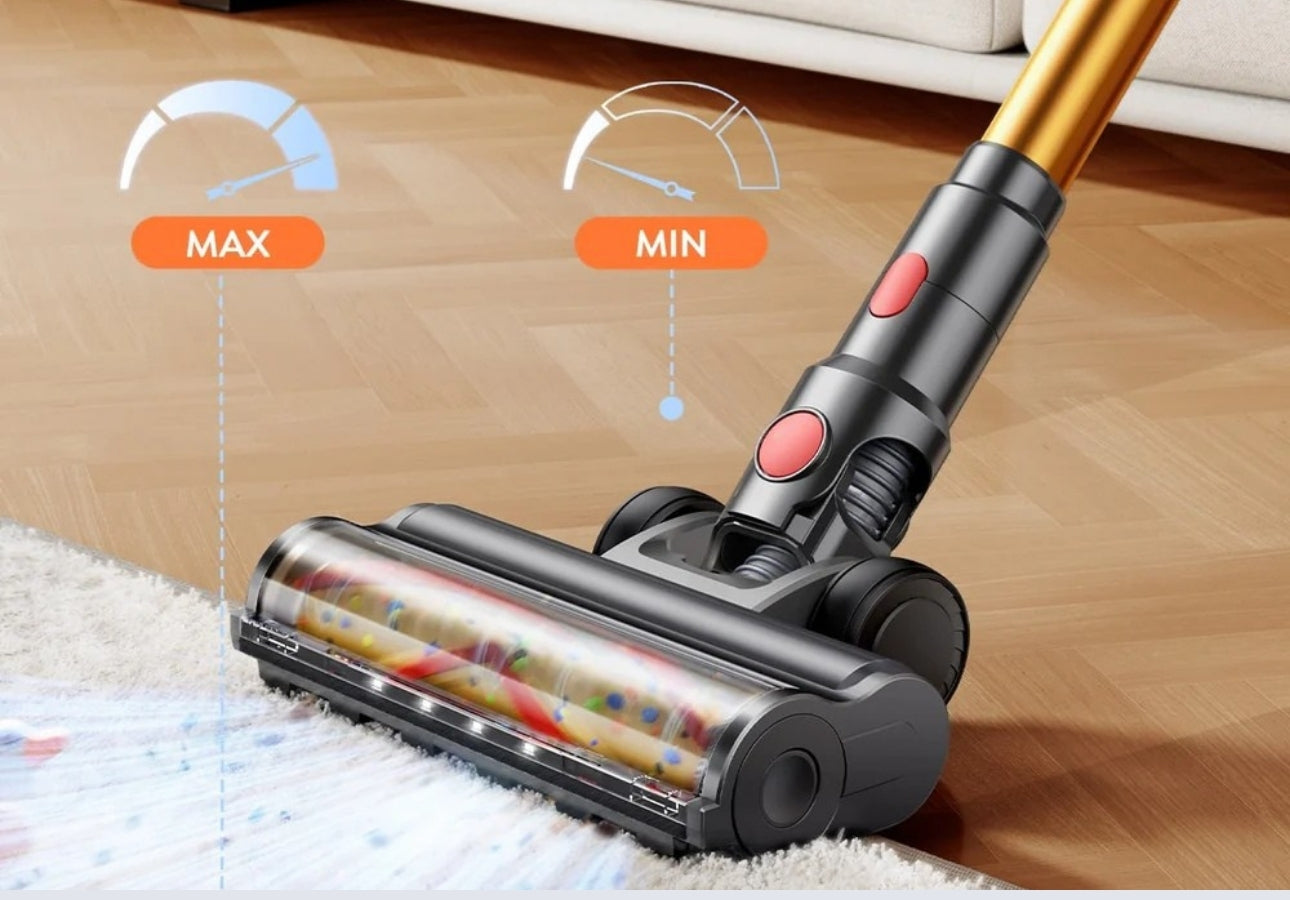
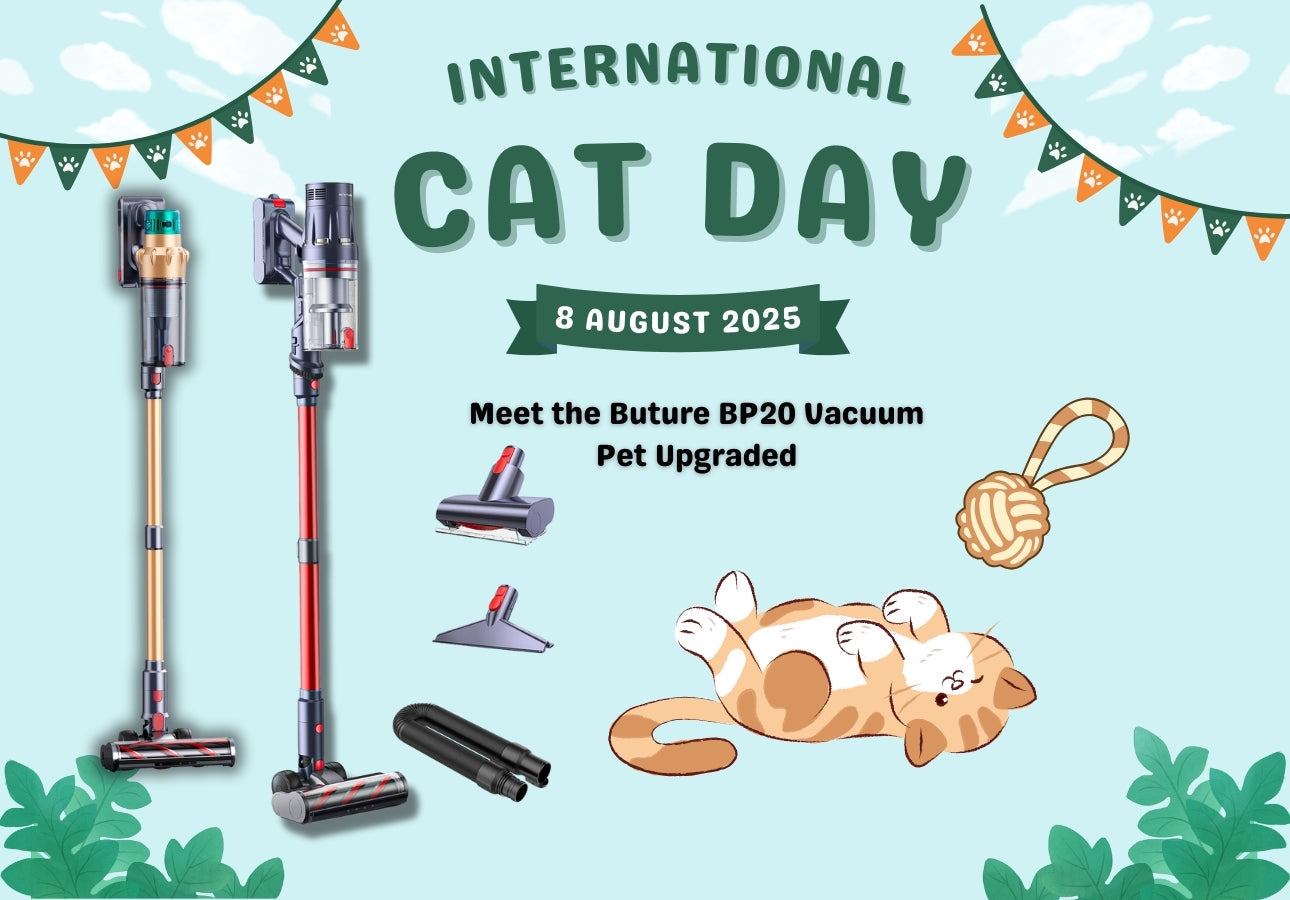








Lascia un commento
Questo sito è protetto da hCaptcha e applica le Norme sulla privacy e i Termini di servizio di hCaptcha.